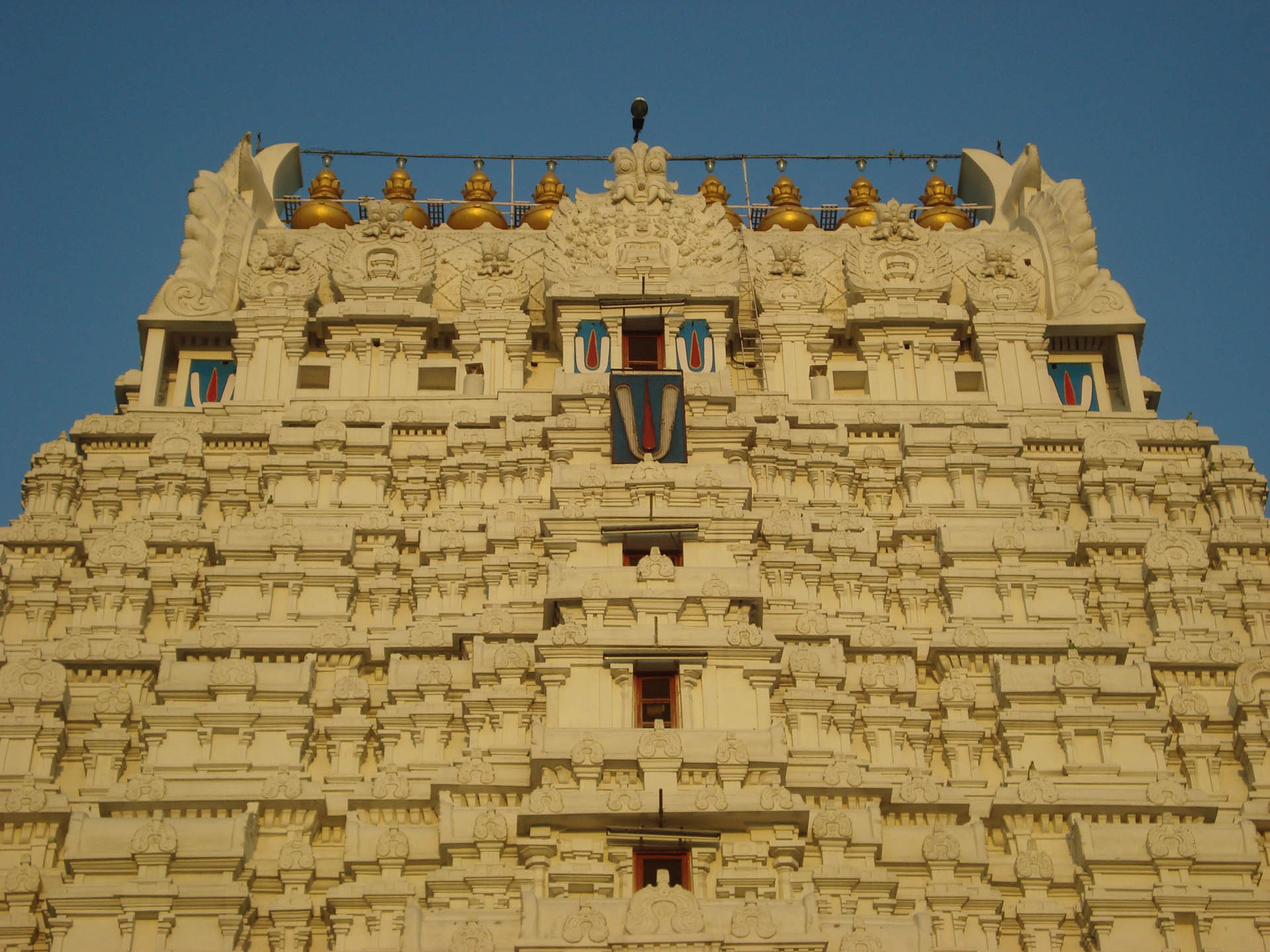
| Address: | Kamakshi Amman Sannathi St, Kanchipuram, Tamil Nadu 631502 |
|---|---|
| How to go: | From CMBT (Chennai Mofussil Bus Terminus), Koyambedu or Tambaram or T. Nagar you will find the Government Buses (TNSTC) and Private Buses (Limited) which takes around 2 to 3 hours, depending on traffic available from early morning (~5:00 AM) to late evening (~9:00 PM) very frequent — in every 15–30 minutes during the day. Alternatively popular trains like Chennai – Arakkonam – Kanchipuram Passenger or Chennai Beach – Kanchipuram suburban trains (some direct, others need change at Chengalpattu or Arakkonam) running through or via Chennai Egmore (MS), Chengalpattu (if coming from southern suburbs), Tambaram (TBM), Chennai Beach (for some local trains) takes around around 2 to 2.5 hours. |
| Pros: | Availability of food, transport, emergency stuff, saree shops. |
| Cons: | Nothing such. |
| What to visit ? |
You can follow this link to navigate https://maps.app.goo.gl/21ueVXqy2GN83Hcw9 |
| Company: | Friends, family |
| Minimum day/time to visit: | 2 full days |
| Locality: | City |
| Expenses: | 400 per head |
| More Information: | Kanchipuram, often referred to as the "City of Thousand Temples," is one of the oldest cities in India with a rich and layered history that dates back over two millennia. It was a prominent center of learning, spirituality, and culture in ancient South India, flourishing under the rule of several dynasties, including the Pallavas, Cholas, and Vijayanagara Empire. During the Pallava period (4th to 9th centuries CE), Kanchipuram became a major hub of Dravidian architecture and Hindu temple construction, with many grand temples like the Kailasanathar and Ekambareswarar temples built during this era. It was also a renowned center for Buddhist and Jain scholarship before gradually becoming a stronghold of Hindu philosophy, particularly Advaita Vedanta, under the influence of Adi Shankaracharya. In addition to its religious significance, Kanchipuram gained fame for its exquisite silk weaving tradition, which continues to thrive today. The city's enduring legacy as a spiritual and cultural beacon makes it a key historical and pilgrimage destination in Tamil Nadu. Kanchi Kailasanathar Temple The Kanchi Kailasanathar Temple, located in Kanchipuram, Tamil Nadu, is one of the oldest structural temples in South India, built during the early 8th century CE by the Pallava king Rajasimha (Narasimhavarman II) and later completed by his son Mahendravarman III. Dedicated to Lord Shiva, the temple is a fine example of early Dravidian architecture and marks a transition from rock-cut to structural temples in Tamil architecture. Constructed primarily from sandstone, it is renowned for its intricate carvings, detailed frescoes, and unique architecture, including a series of small shrines surrounding the main sanctum. The temple served as a prototype for later grand Chola temples and holds great architectural and religious significance. It reflects the Pallava dynasty's patronage of Shaivism and their artistic excellence, making it a treasured monument in Indian temple history. Ekambareswarar temple The Ekambareswarar Temple in Kanchipuram is one of the most ancient and significant Shiva temples in India, with a history that spans over 1,000 years. Revered as one of the Pancha Bhoota Sthalams, it represents the element of earth (Prithvi) among the five elements. According to legend, Goddess Parvati performed penance under a mango tree here to reunite with Lord Shiva, who ultimately appeared and married her at this very spot. The temple was originally built by the Pallavas, but it saw major expansions under the Cholas and later the Vijayanagara rulers, especially during the 16th century under Krishna Devaraya, who added the towering 59-meter Rajagopuram. The temple complex is vast, spanning over 25 acres, and is known for its ancient mango tree believed to be over 3,500 years old, said to bear four different types of mangoes on its branches. Rich in Dravidian architecture, spiritual legends, and cultural heritage, the Ekambareswarar Temple remains a vital pilgrimage site for Shaivites and a symbol of Tamil Nadu’s religious history. Ekambareswarar temple The Varadharaja Perumal Temple in Kanchipuram is one of the 108 Divya Desams dedicated to Lord Vishnu and is a major center of Vaishnavite worship in South India. Built originally by the Cholas in the 11th century and expanded by the later dynasties such as the Vijayanagara kings, the temple reflects a blend of rich Dravidian architecture and religious significance. Legend holds that the temple was established when Lord Vishnu manifested as Varadharaja Perumal to bless the devout sage Brahma, who had performed a great yagna (sacrifice). The temple is renowned for its towering Rajagopuram, intricate stone carvings, and the sacred Atthi Varadar idol made of fig wood, which is kept underwater in a temple tank and brought out for worship only once every 40 years. Over the centuries, it has been an important spiritual and cultural hub, attracting saints like Ramanuja and poets of the Bhakti movement. The temple continues to be a vibrant center of worship and pilgrimage to this day. Sri Kanchi Kamakshi Amman Temple The Sri Kanchi Kamakshi Amman Temple, located in the sacred city of Kanchipuram, Tamil Nadu, is one of the most revered shrines dedicated to Goddess Kamakshi, a powerful form of Goddess Parvati. Steeped in history, the temple is believed to have been built during the Pallava dynasty in the 6th century and later renovated by the Cholas and Vijayanagar rulers. It holds immense spiritual significance as the only temple in Kanchipuram where Goddess Shakti is worshipped in her supreme form as Kamakshi, seated in a yogic posture called Padmasana, symbolizing peace and spiritual strength. According to legend, Kamakshi performed penance here to reunite with Lord Shiva, eventually manifesting as Kanchipuram Kamakshi. The temple is closely associated with Adi Shankaracharya, who is believed to have established the Sri Chakra in the sanctum to pacify the fierce form of the goddess. Rich in architecture and mythology, the temple remains a major center of Shakta worship, attracting devotees and pilgrims from all over India. Kanchipuram saree The Kanchipuram saree, also known as Kanjeevaram saree, is a world-renowned handwoven silk saree that originates from Kanchipuram, a historic temple town in Tamil Nadu, India. Its history dates back over 400 years to the reign of the Chola dynasty, when the region became a thriving center for silk weaving due to its proximity to high-quality mulberry silk and the presence of master weavers from Andhra Pradesh who settled there. These sarees are celebrated for their rich colors, contrasting borders, and elaborate zari work—often woven with real silver and gold thread. The hallmark of a Kanchipuram saree is its durability, intricate temple-inspired motifs, and the unique method by which the body and border are woven separately and then interlocked with such precision that the joint is often stronger than the rest of the saree. Kanchipuram has earned the Geographical Indication (GI) tag for this textile, ensuring its authenticity and preserving its cultural legacy. Today, these sarees are a symbol of South Indian tradition and are especially worn during weddings, festivals, and significant religious ceremonies. |

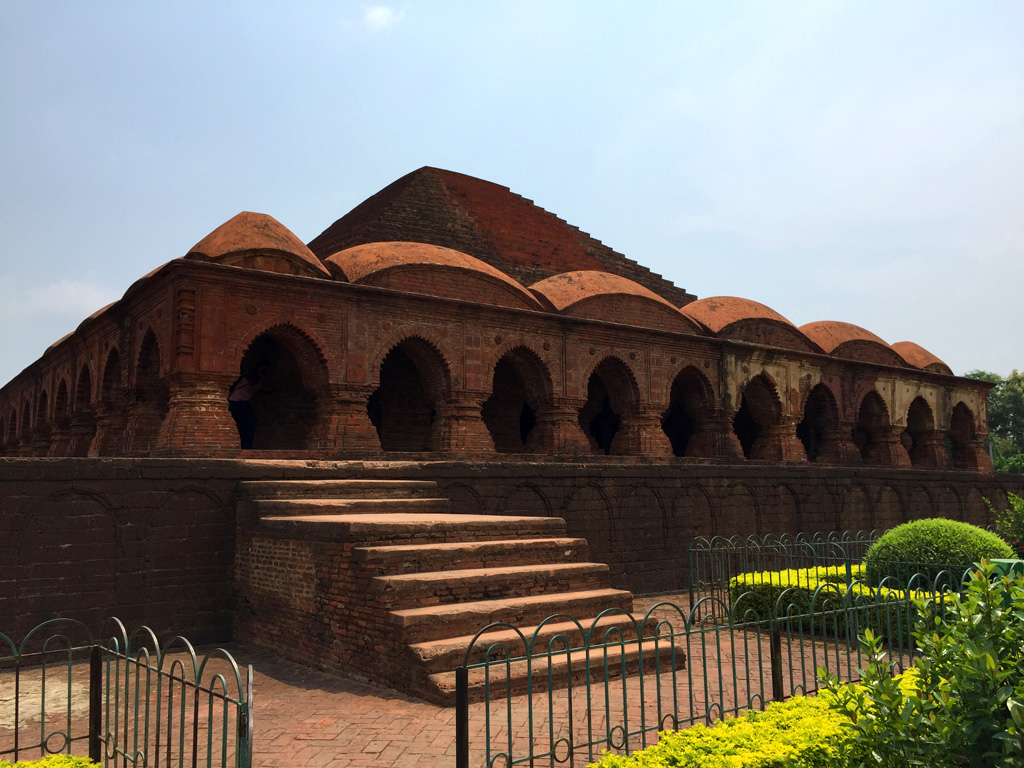
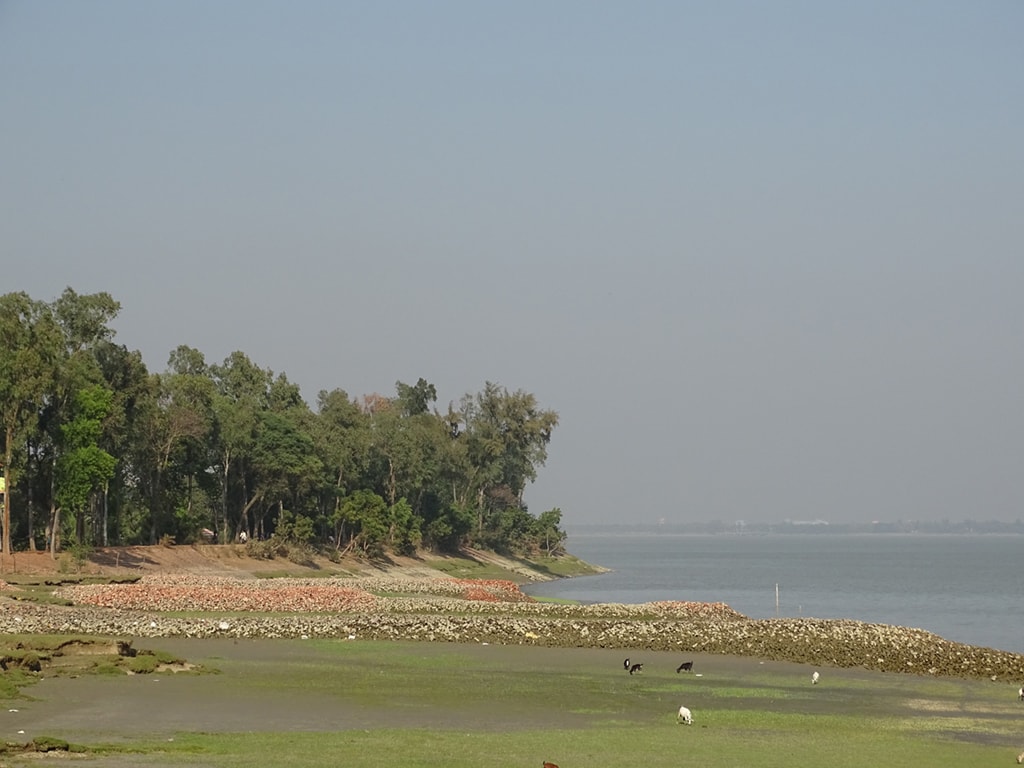
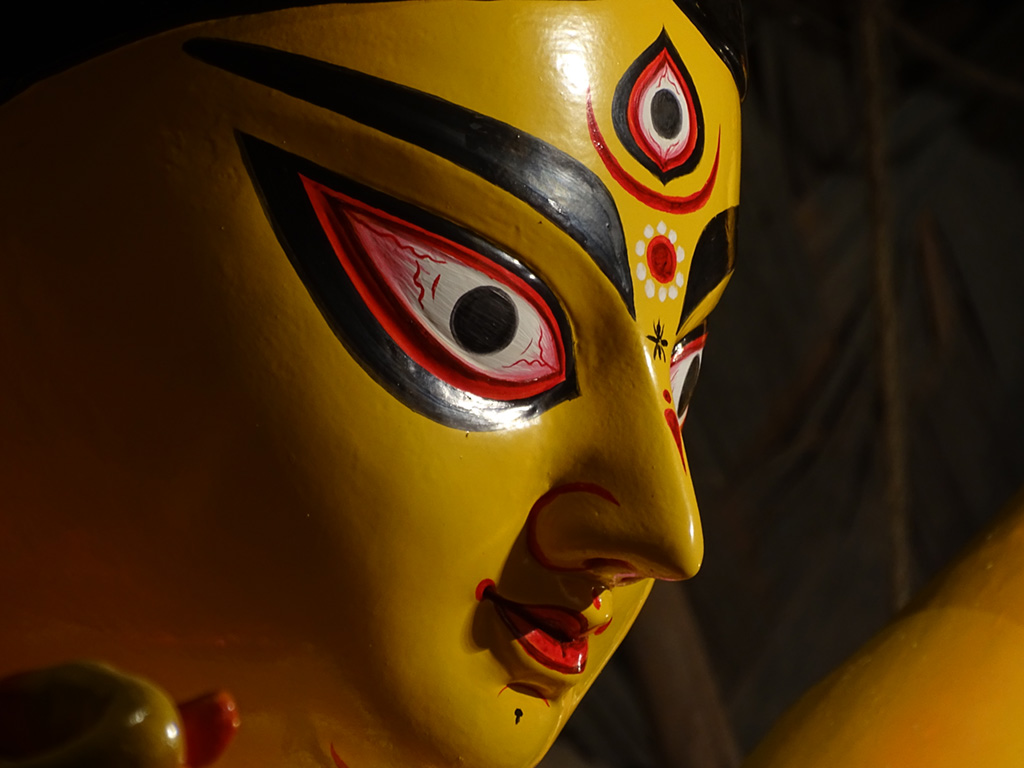
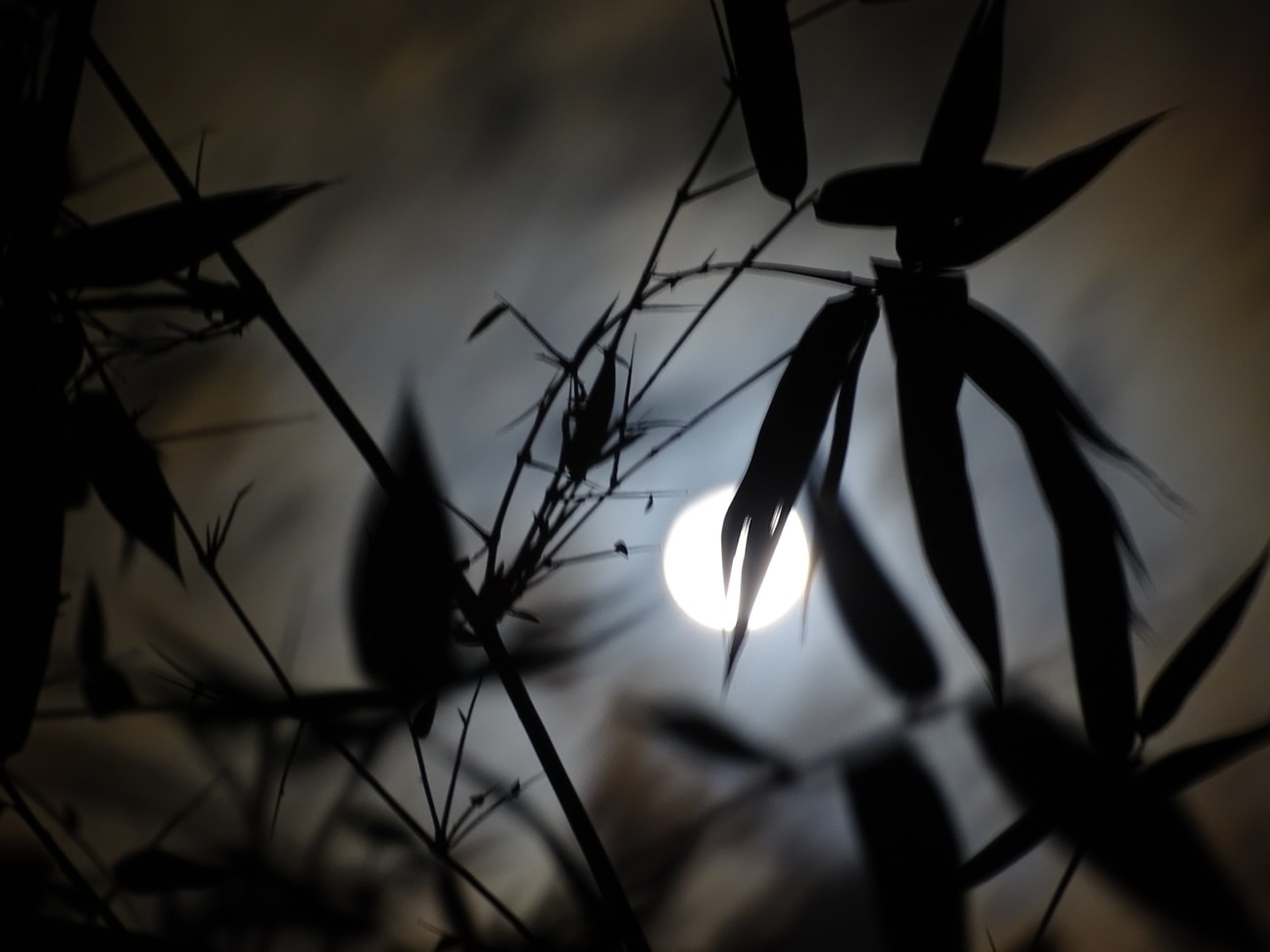
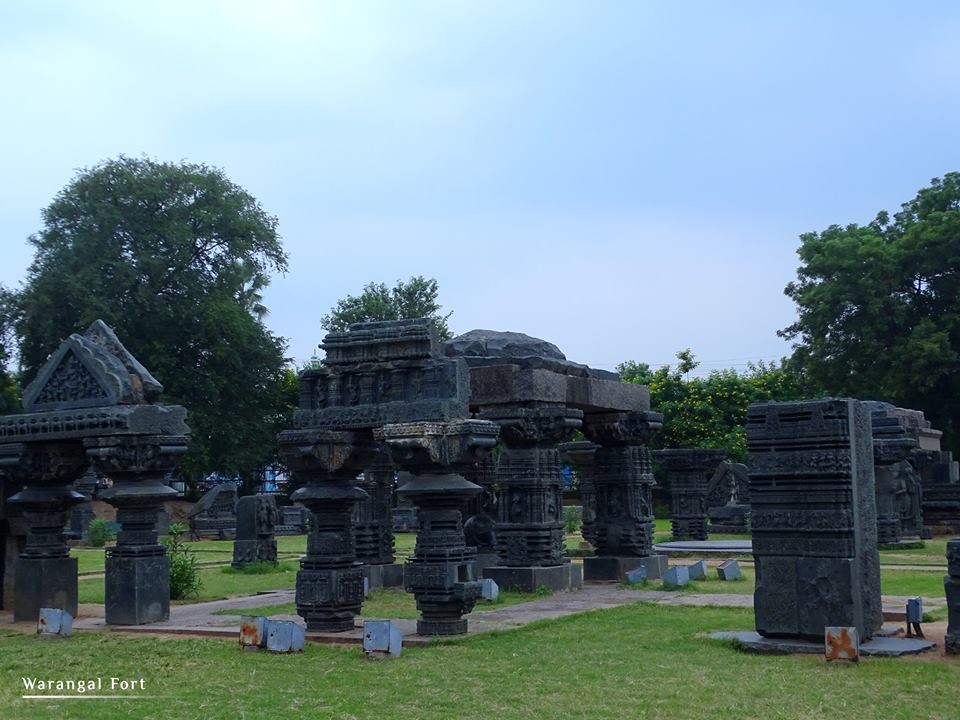

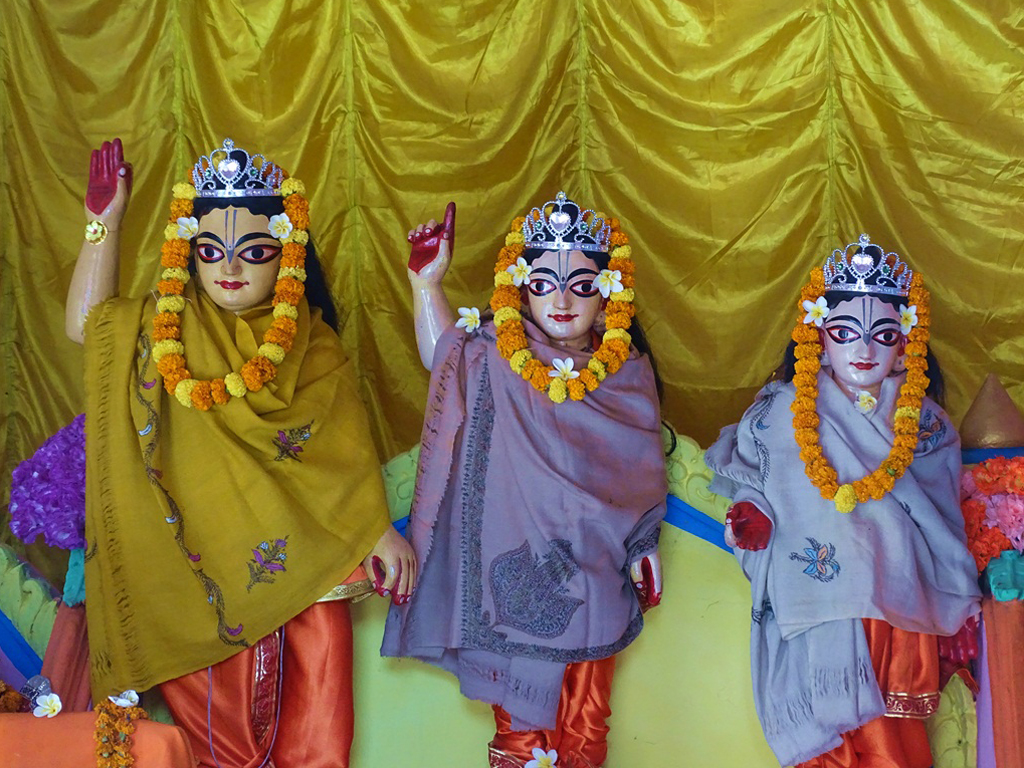












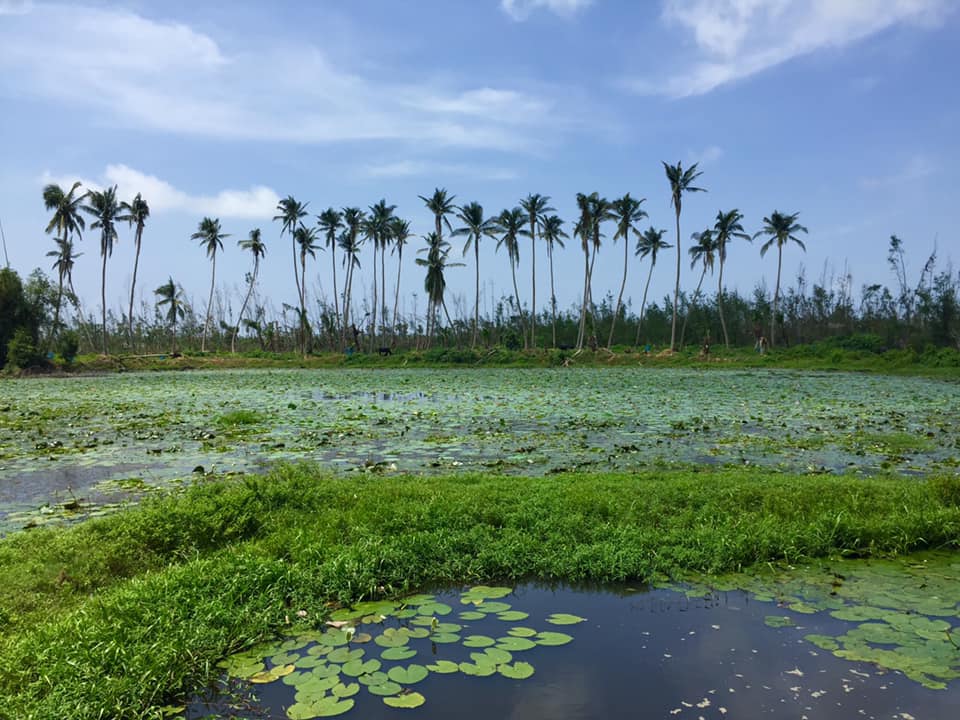
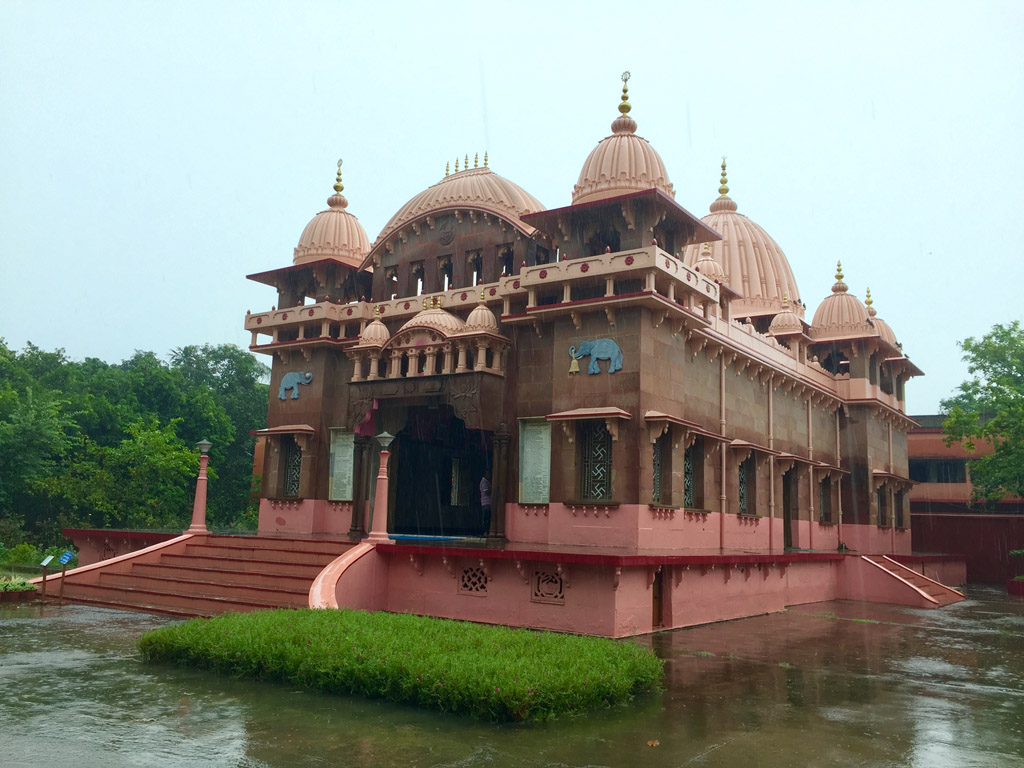
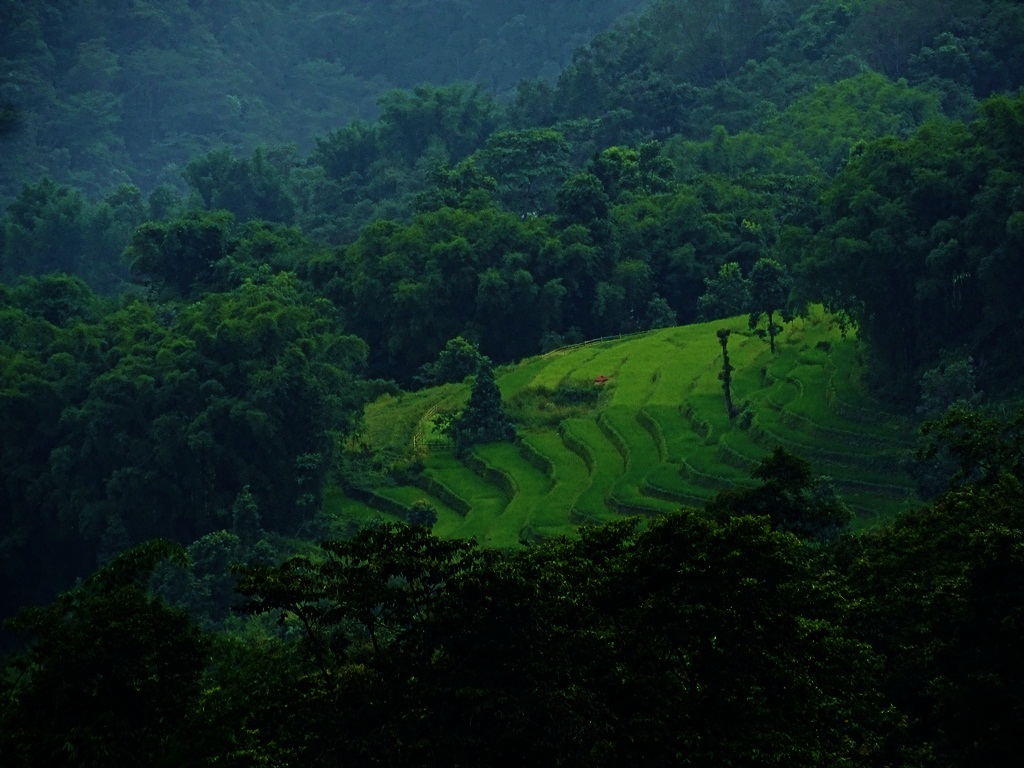


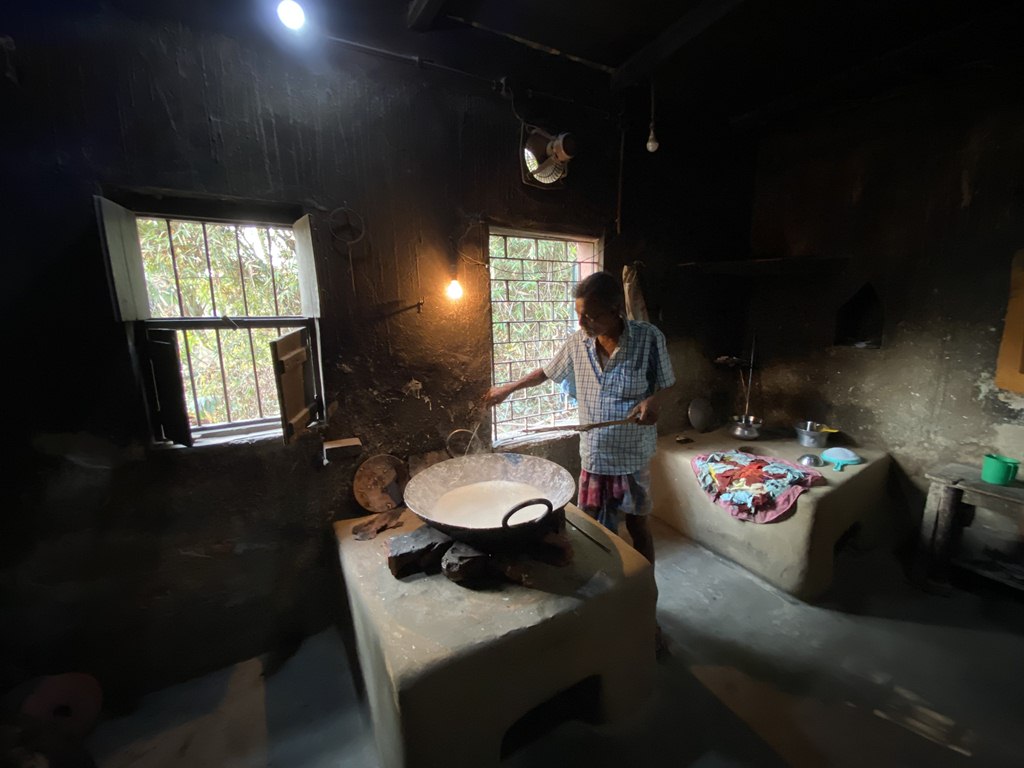
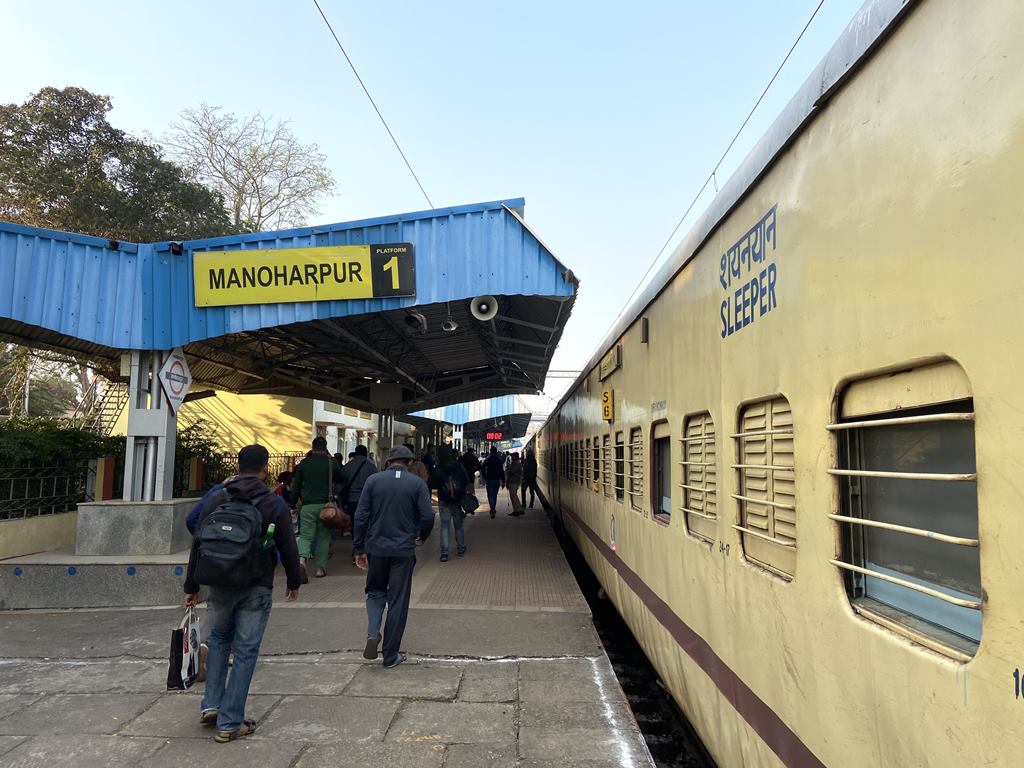
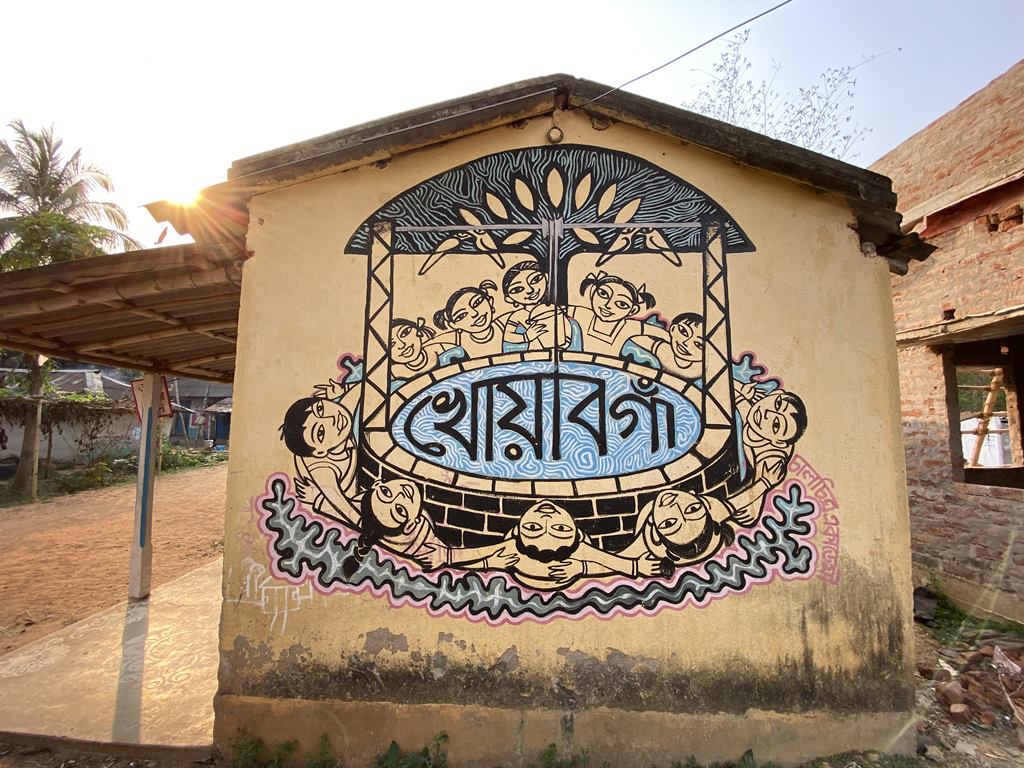
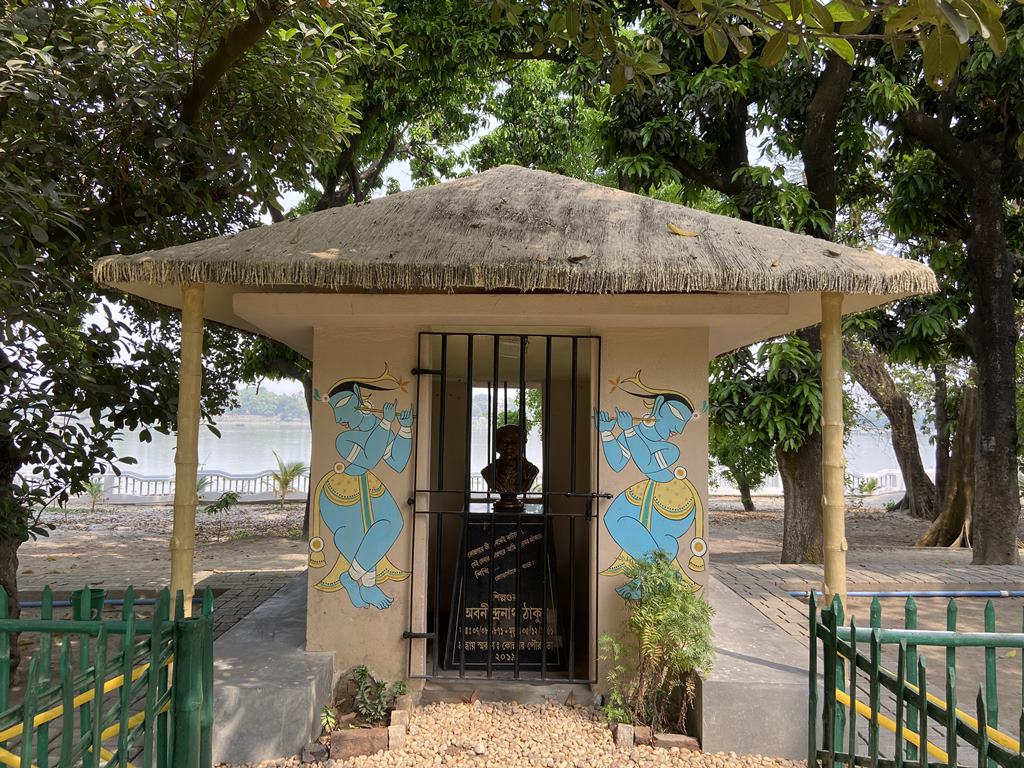
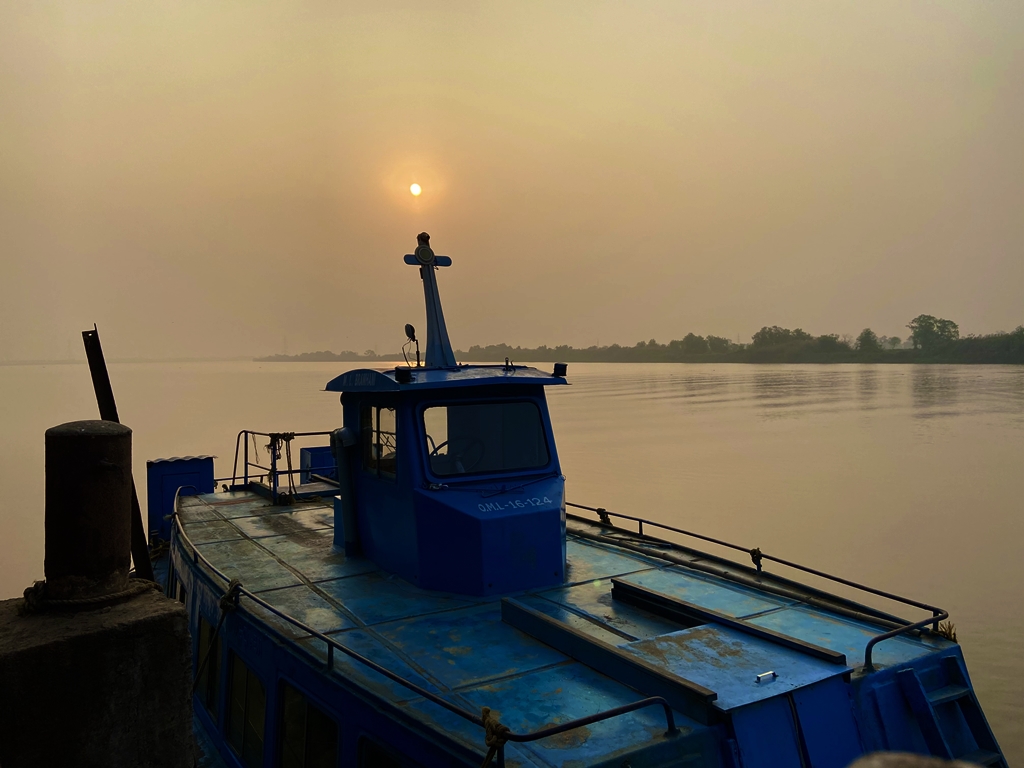
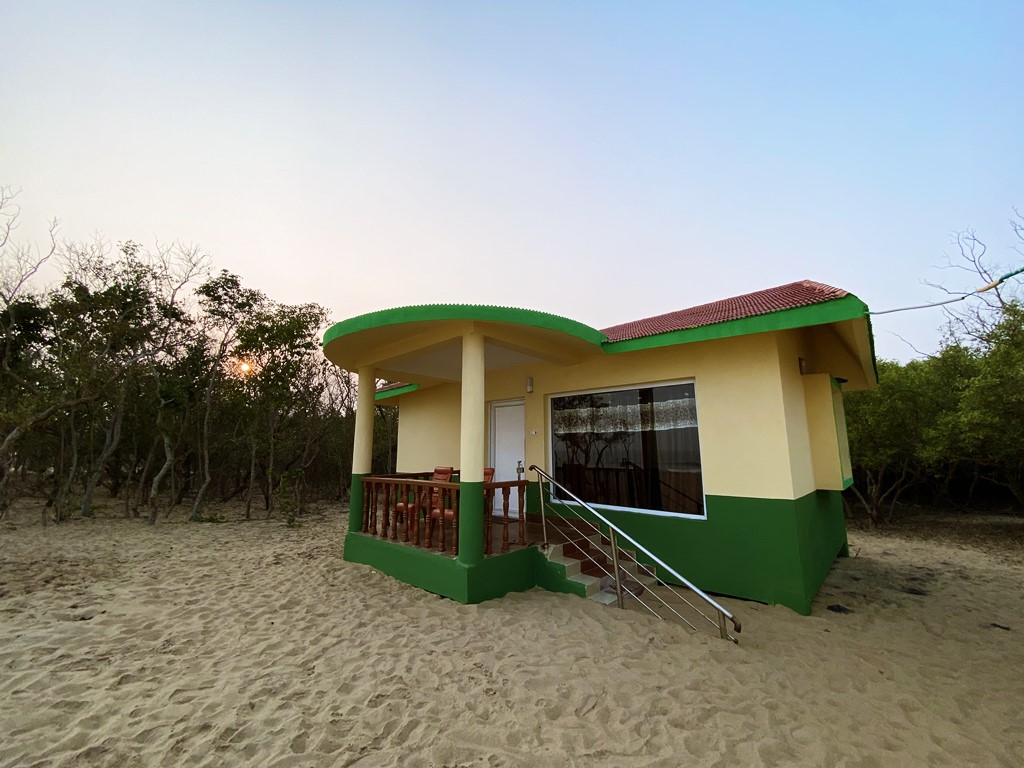
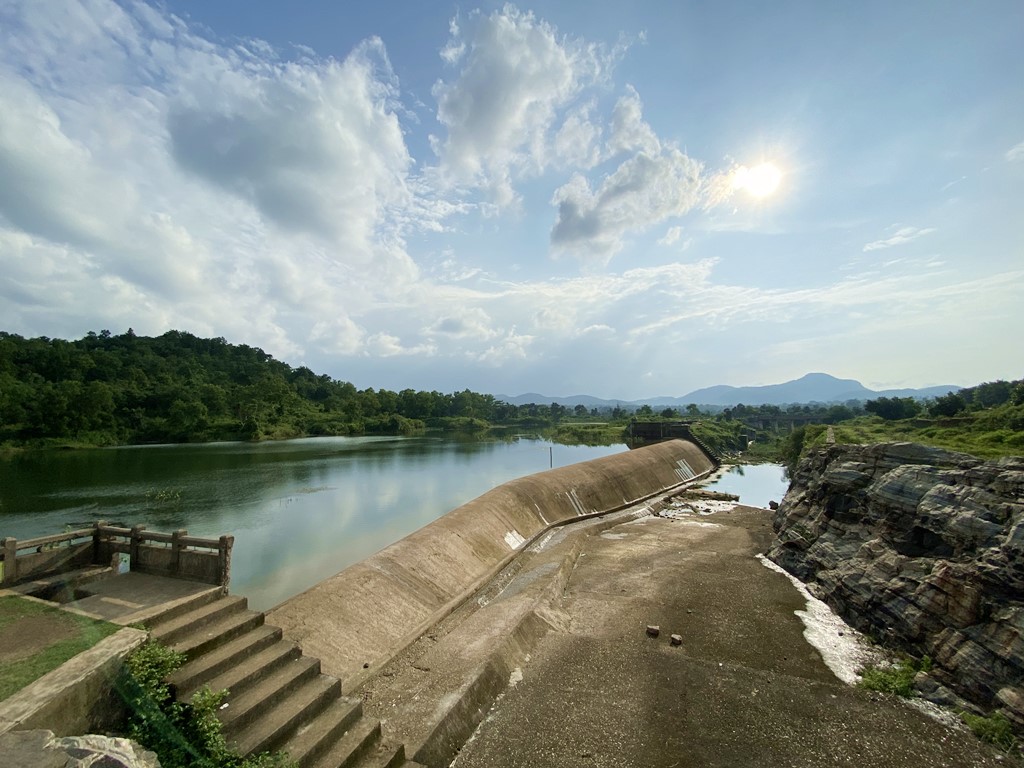
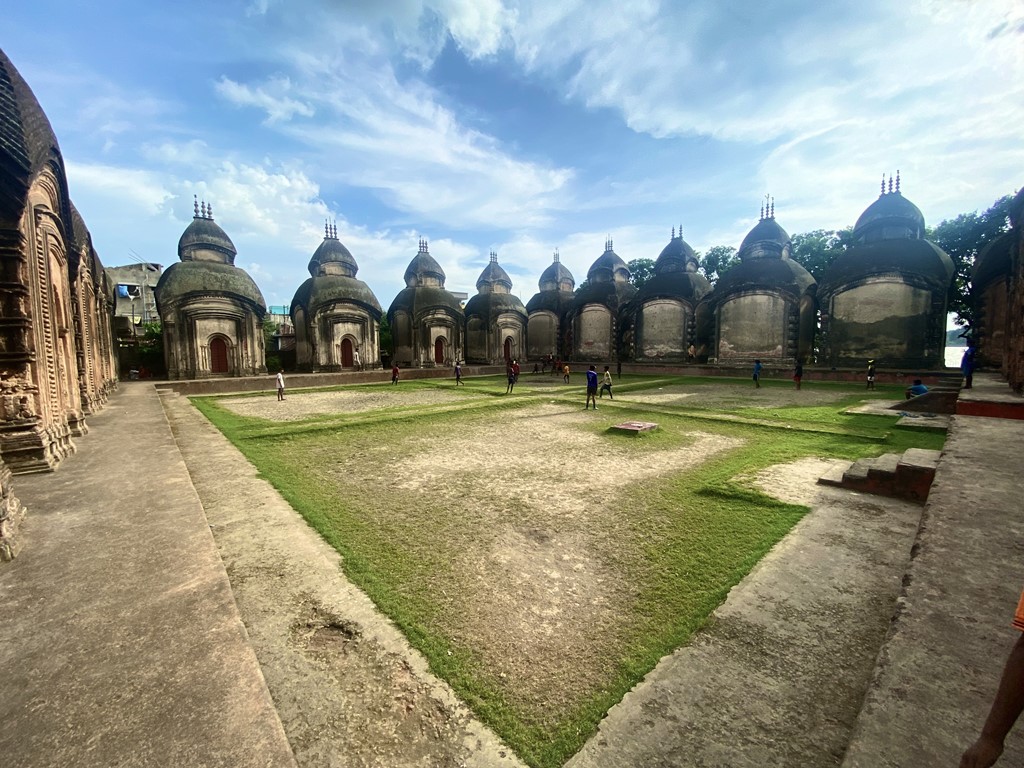
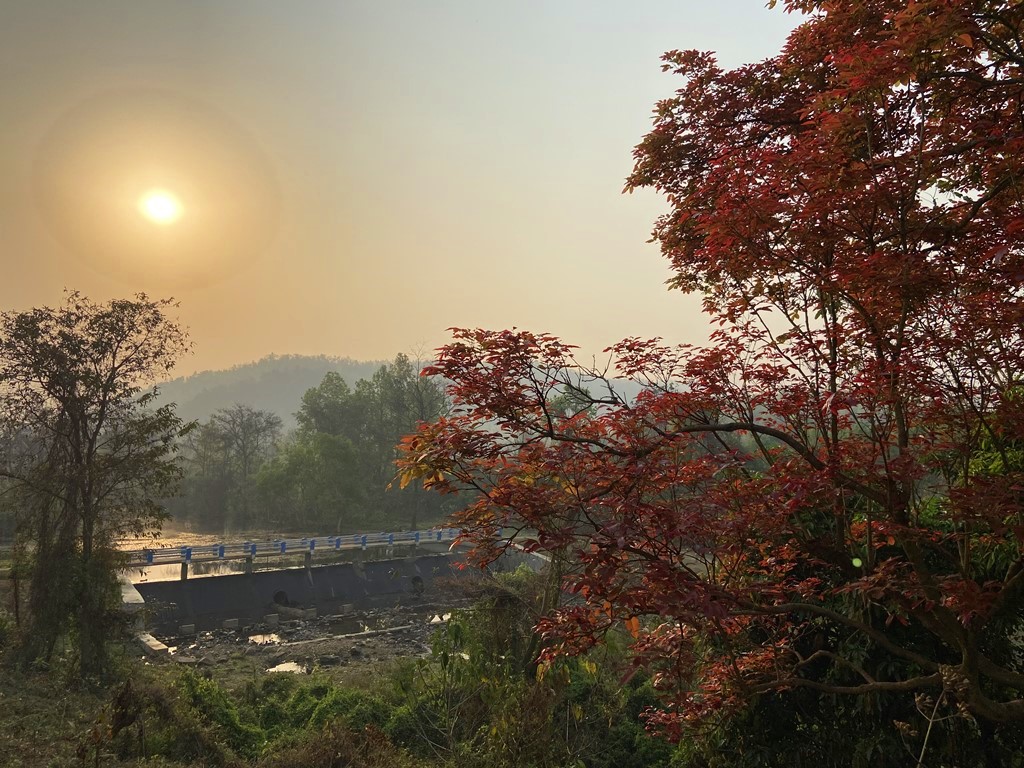
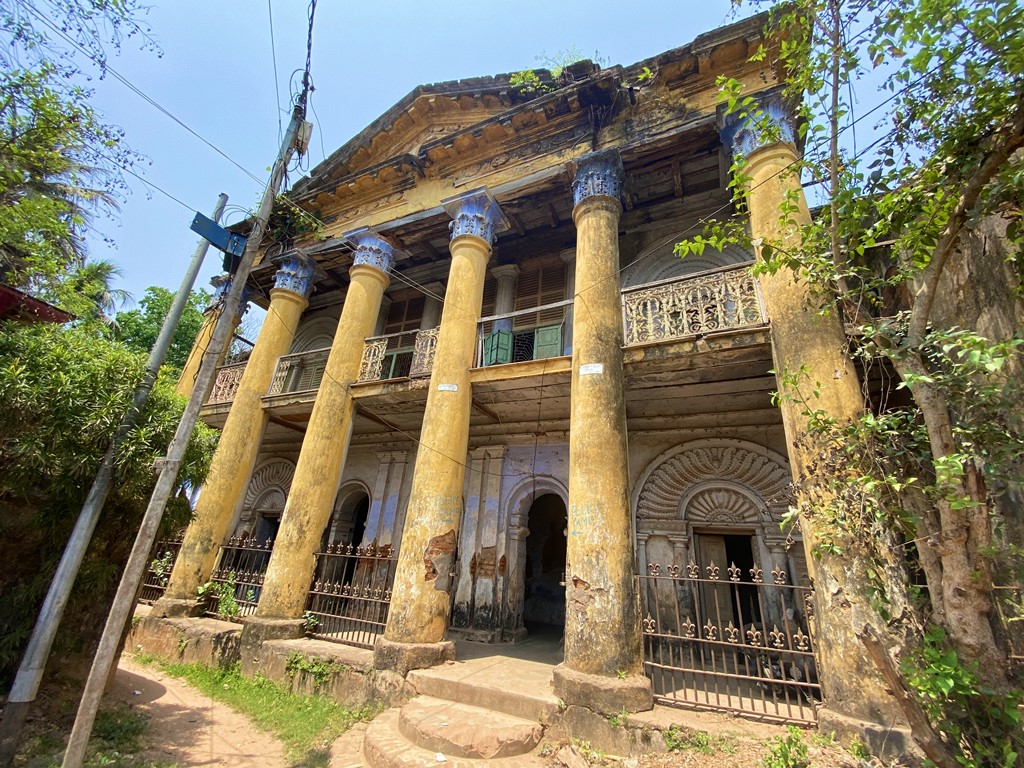
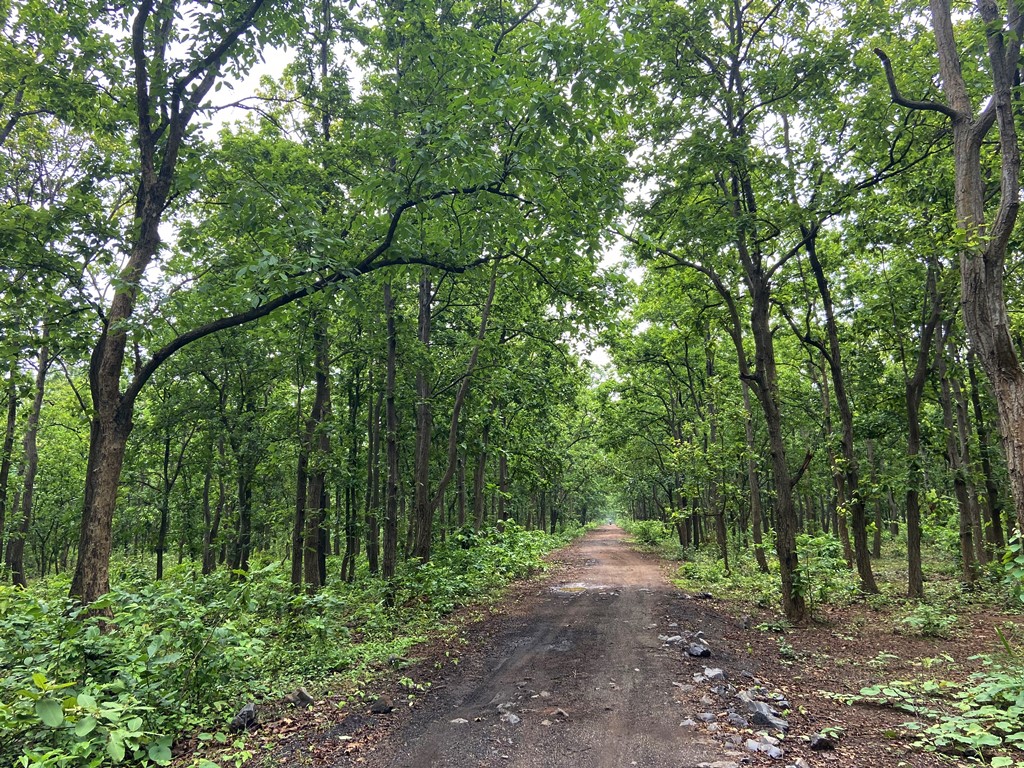
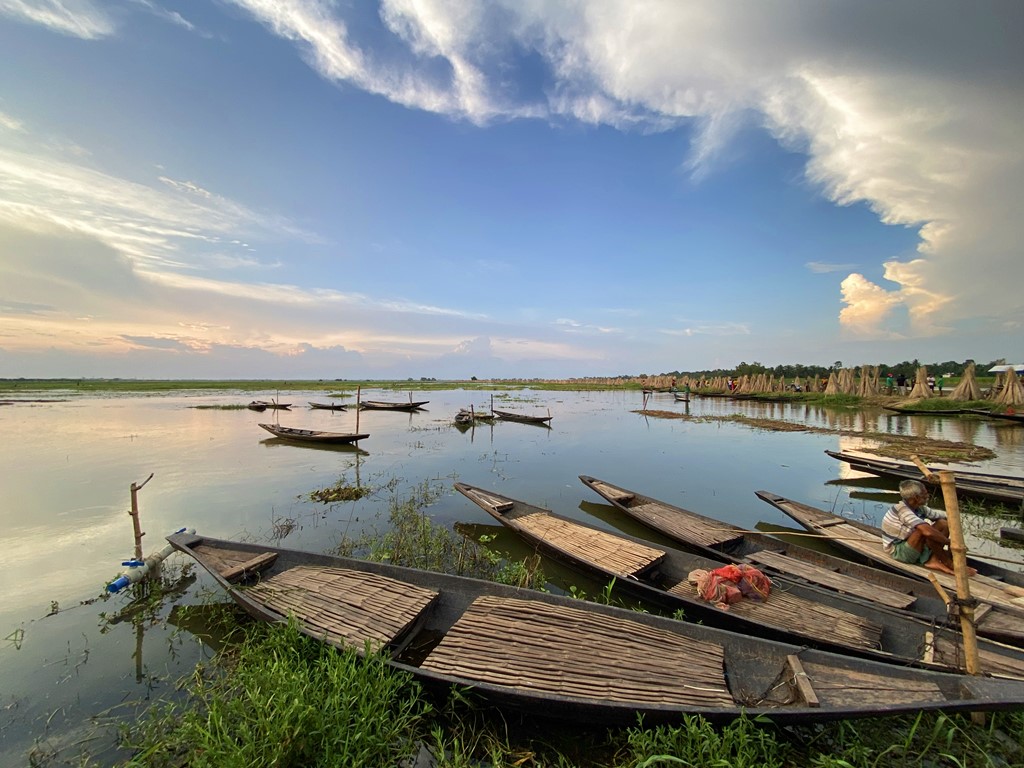
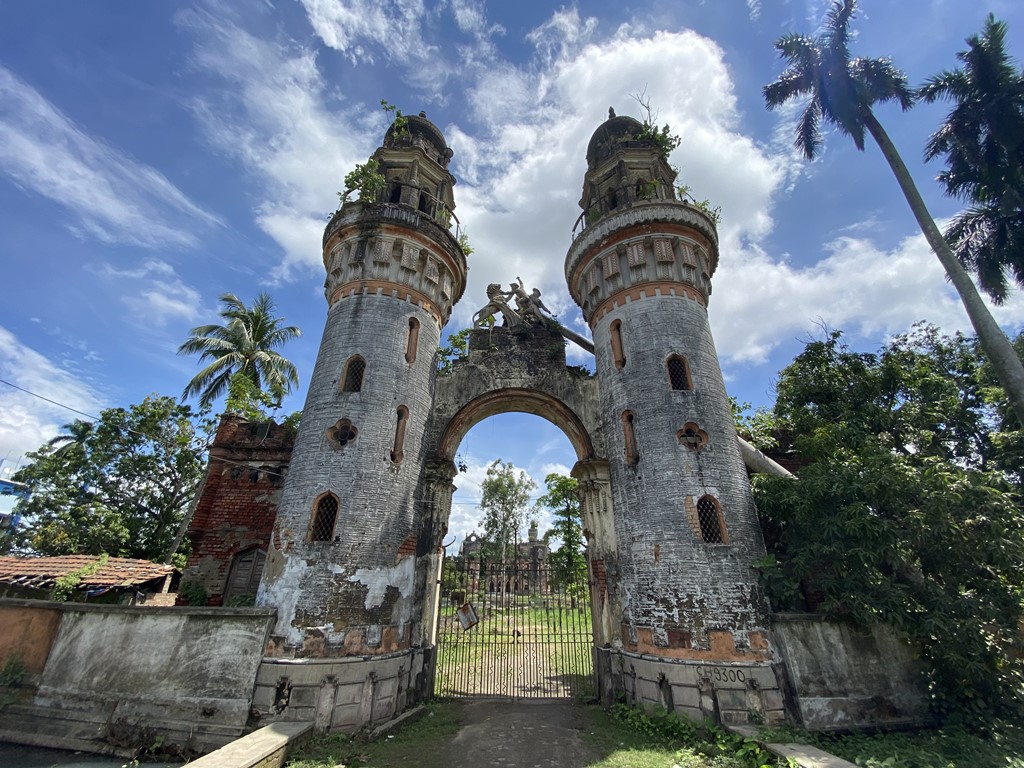
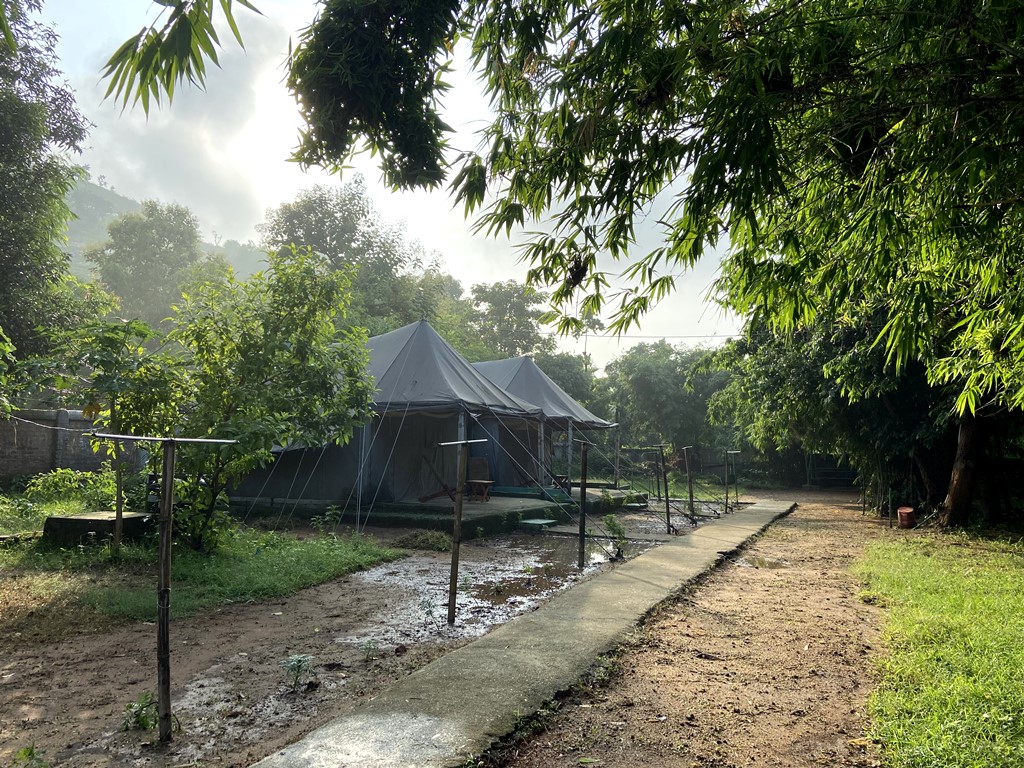
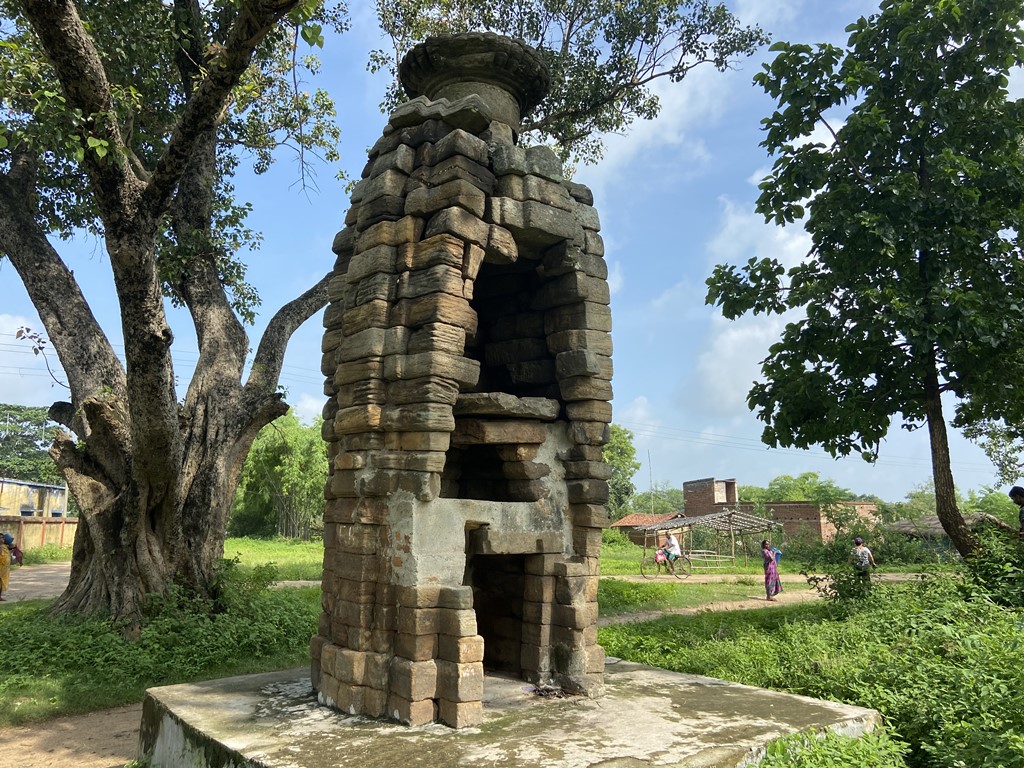
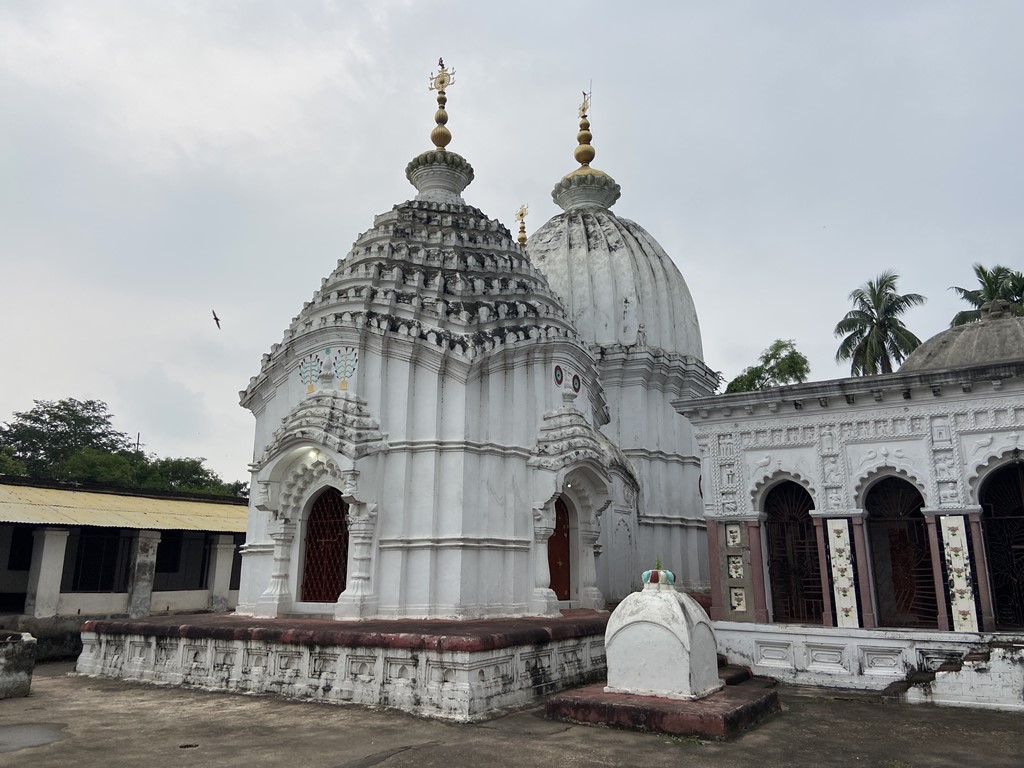
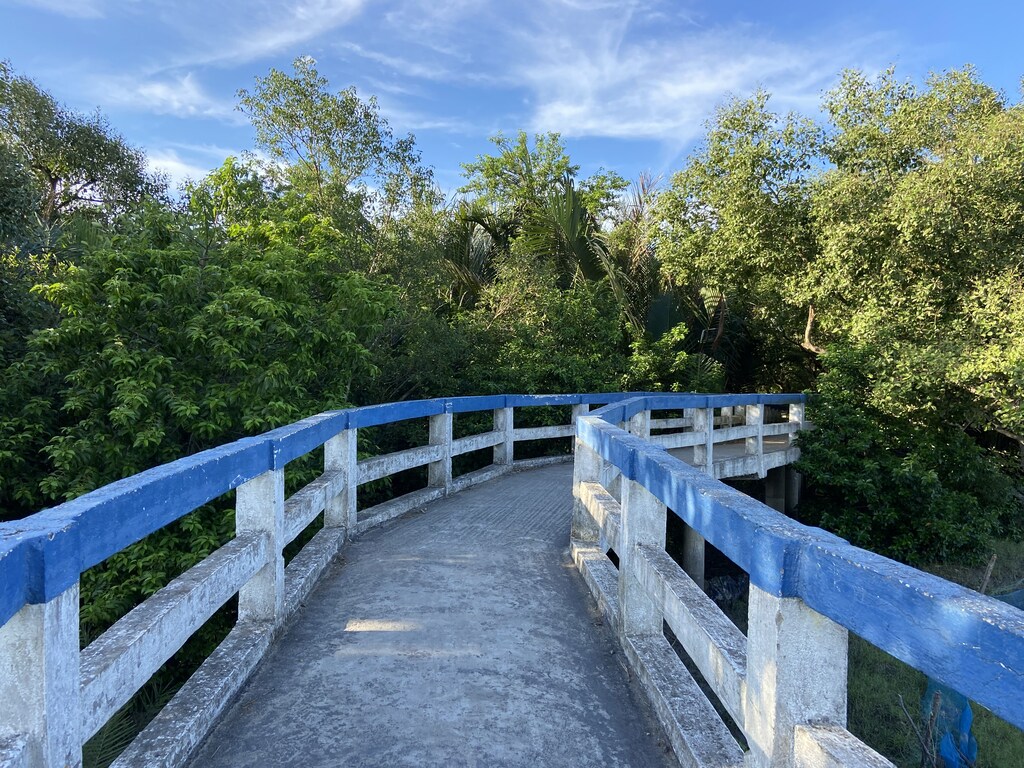
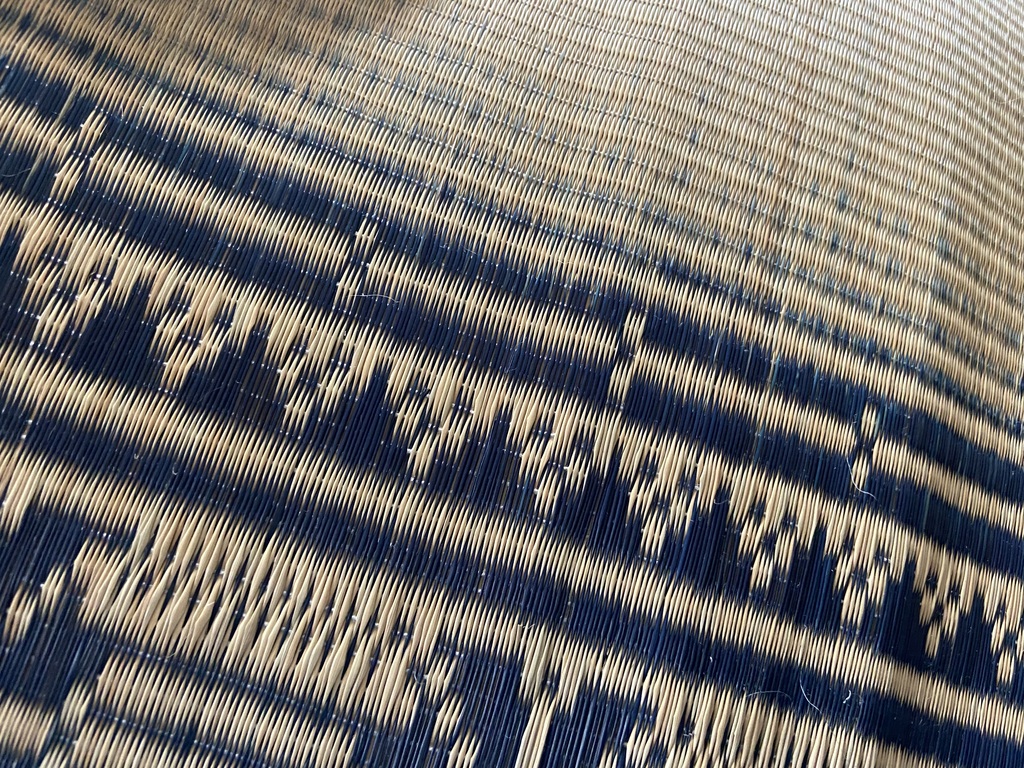
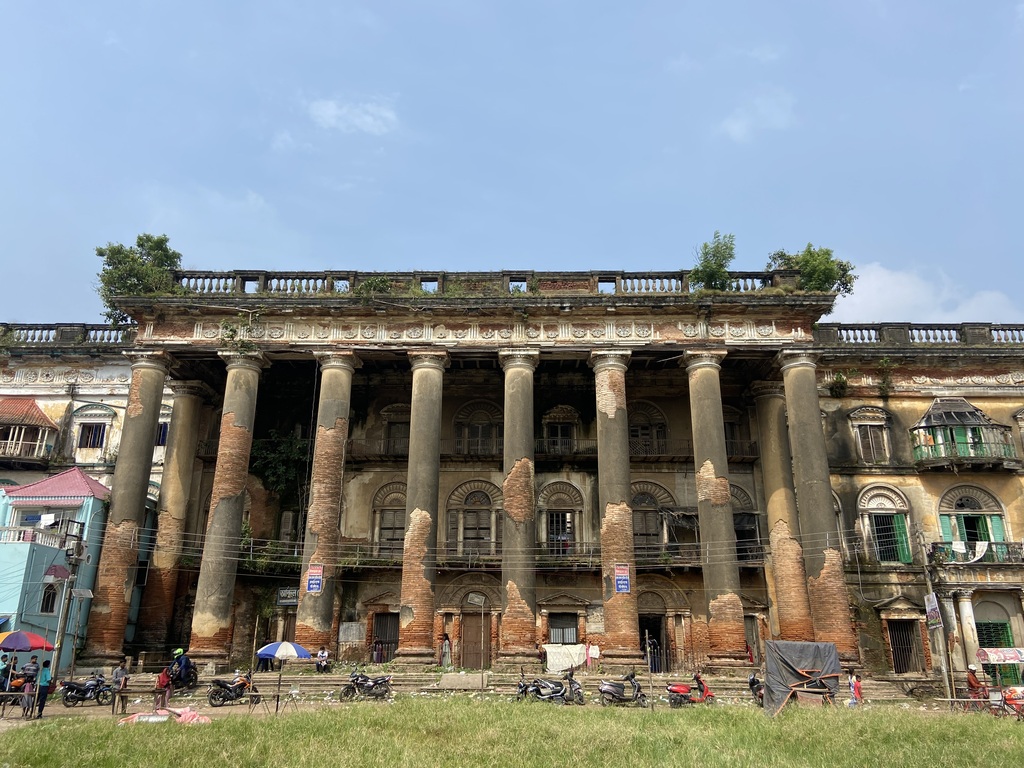
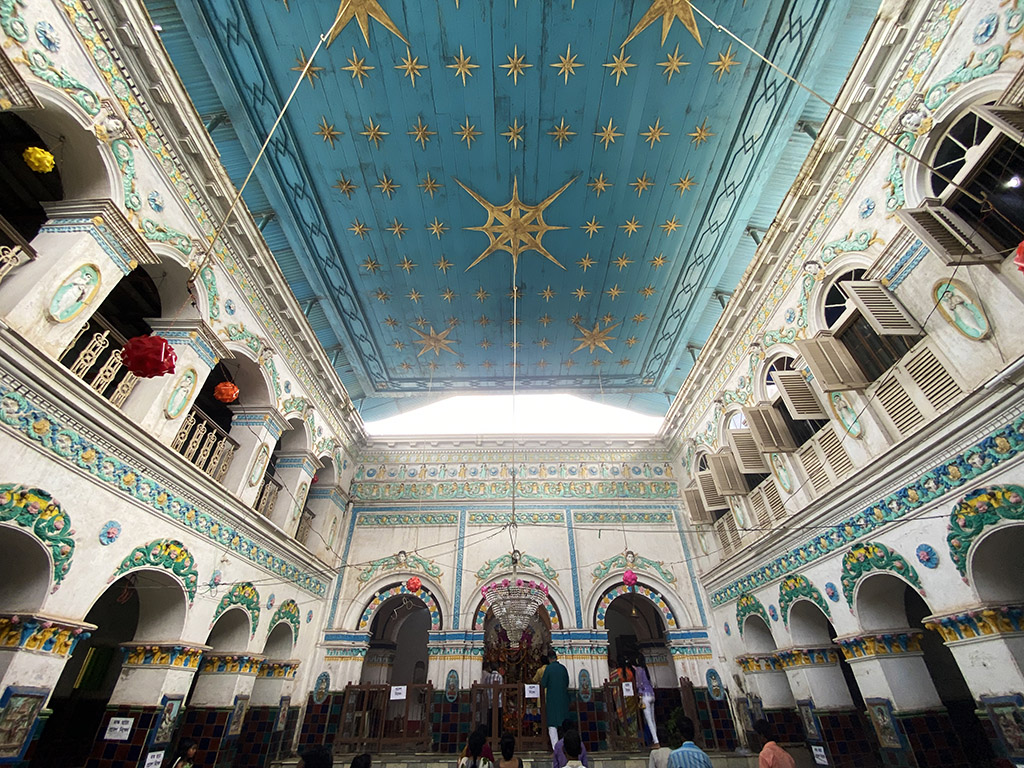
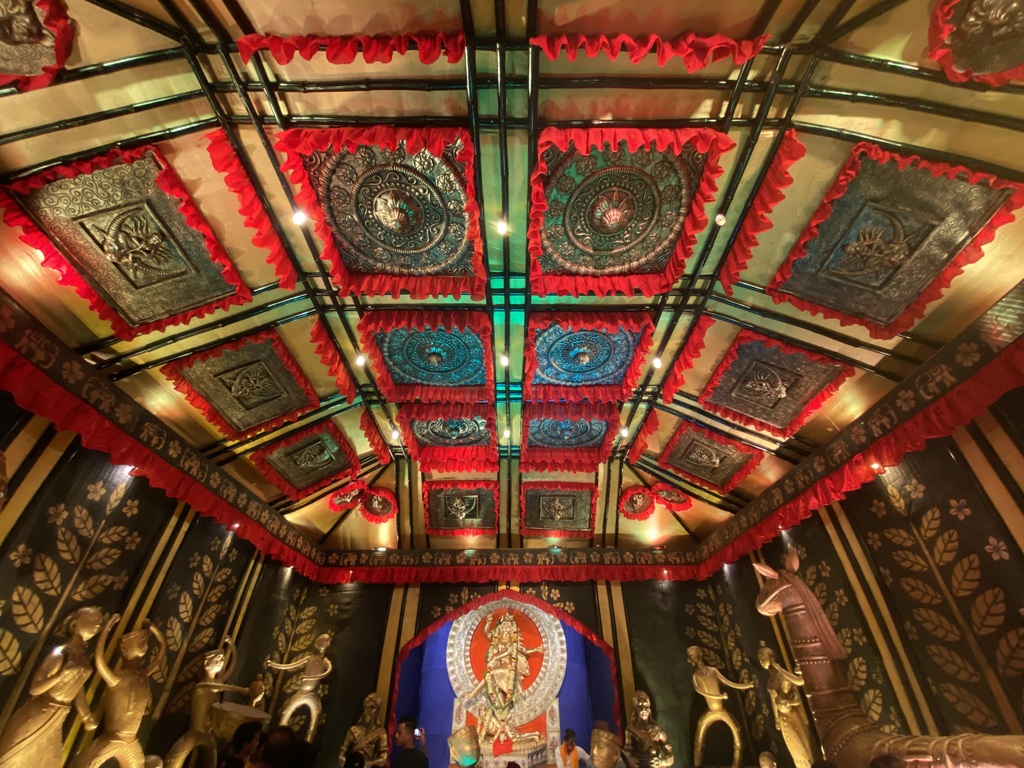
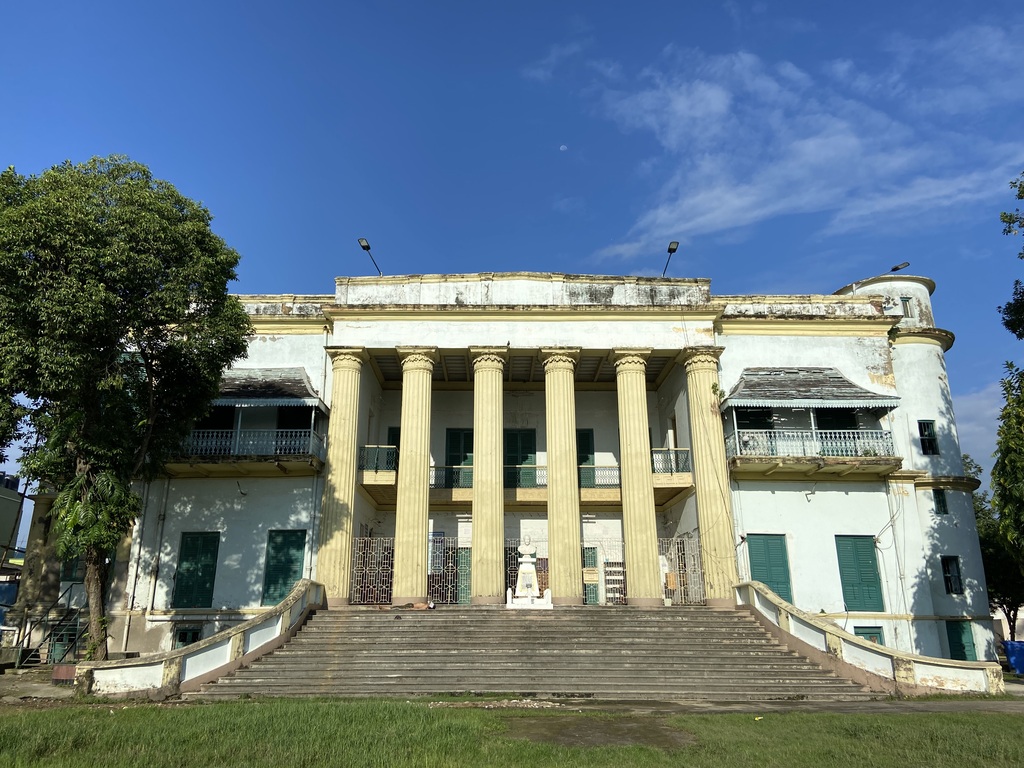
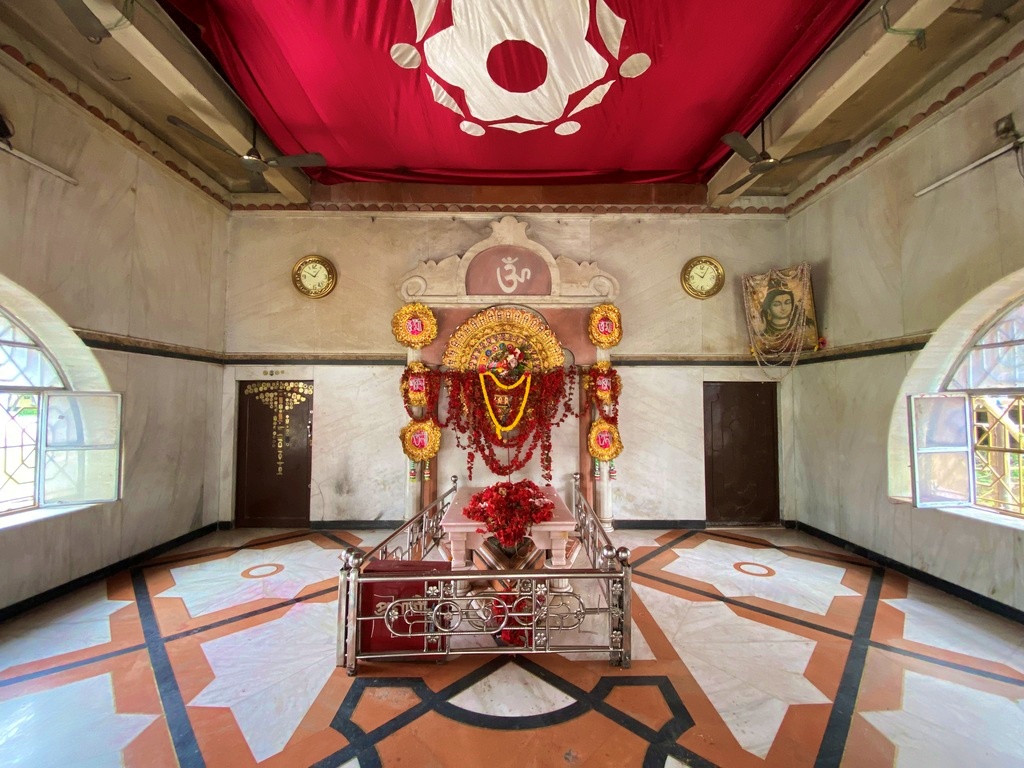
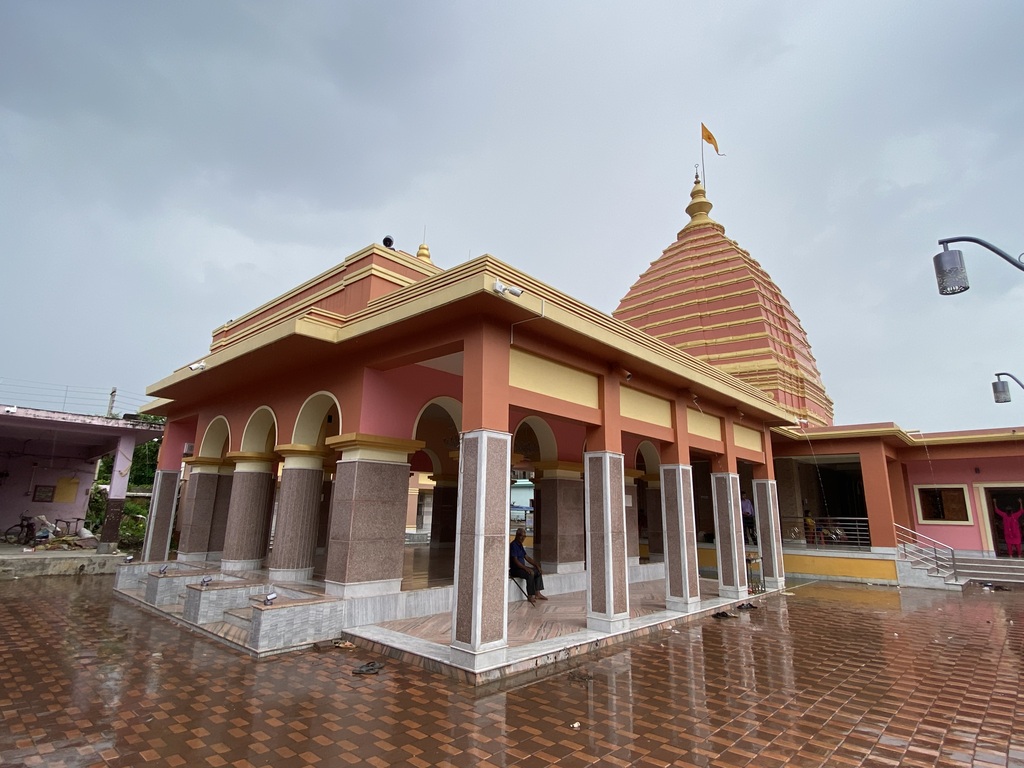

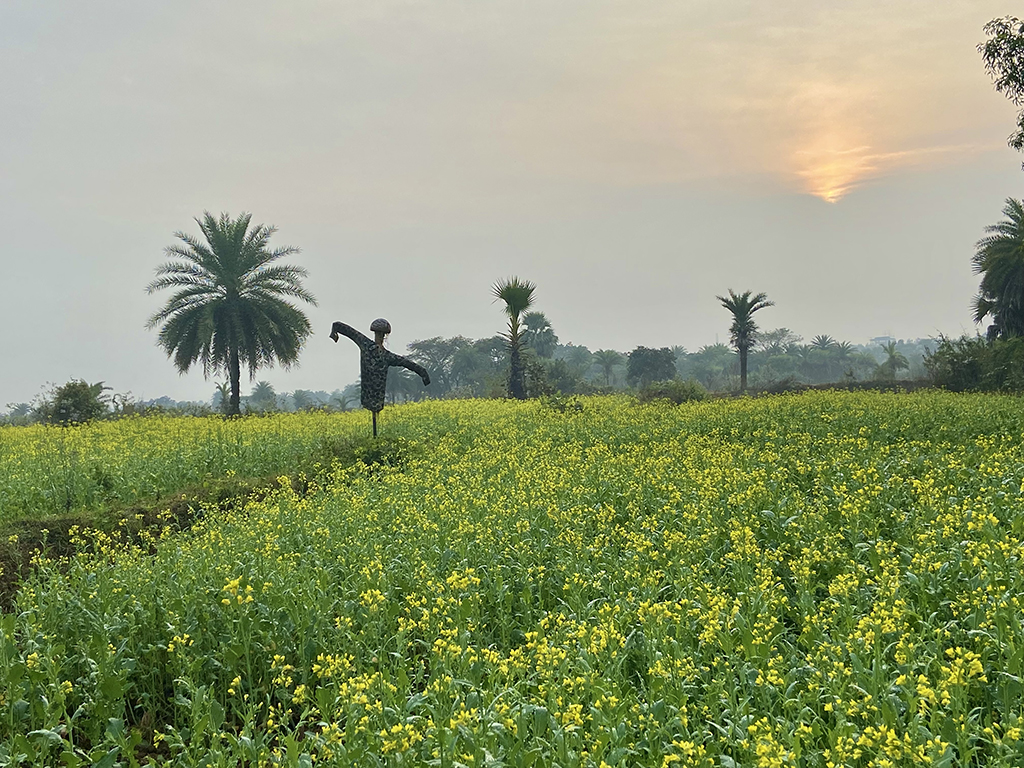
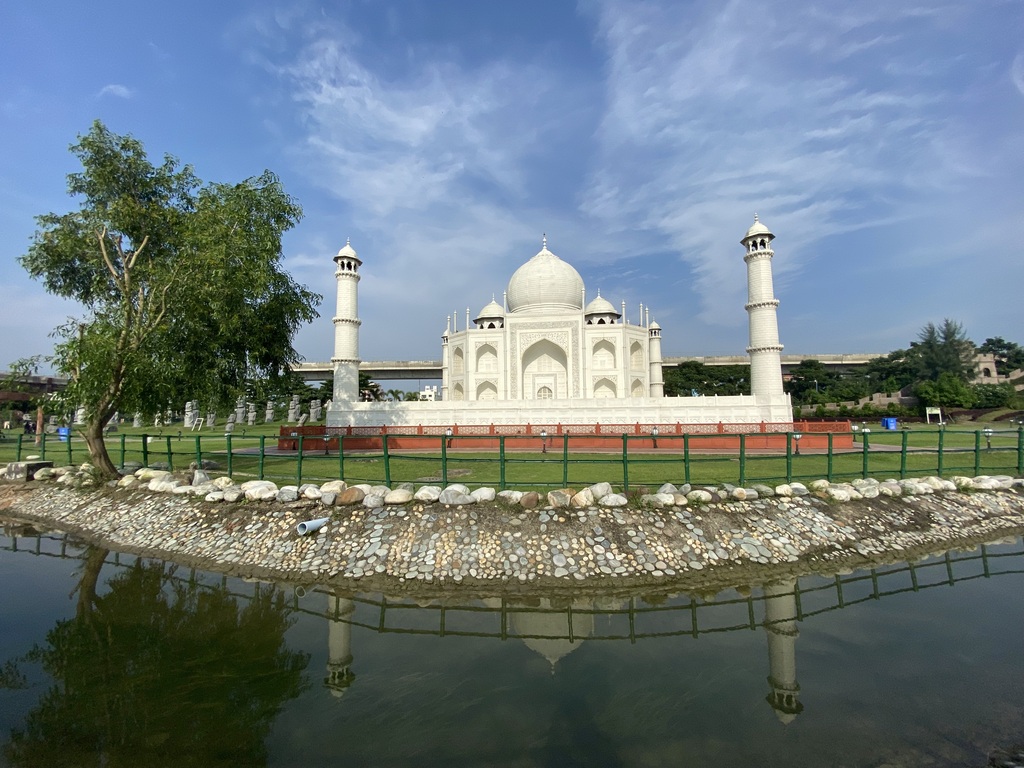
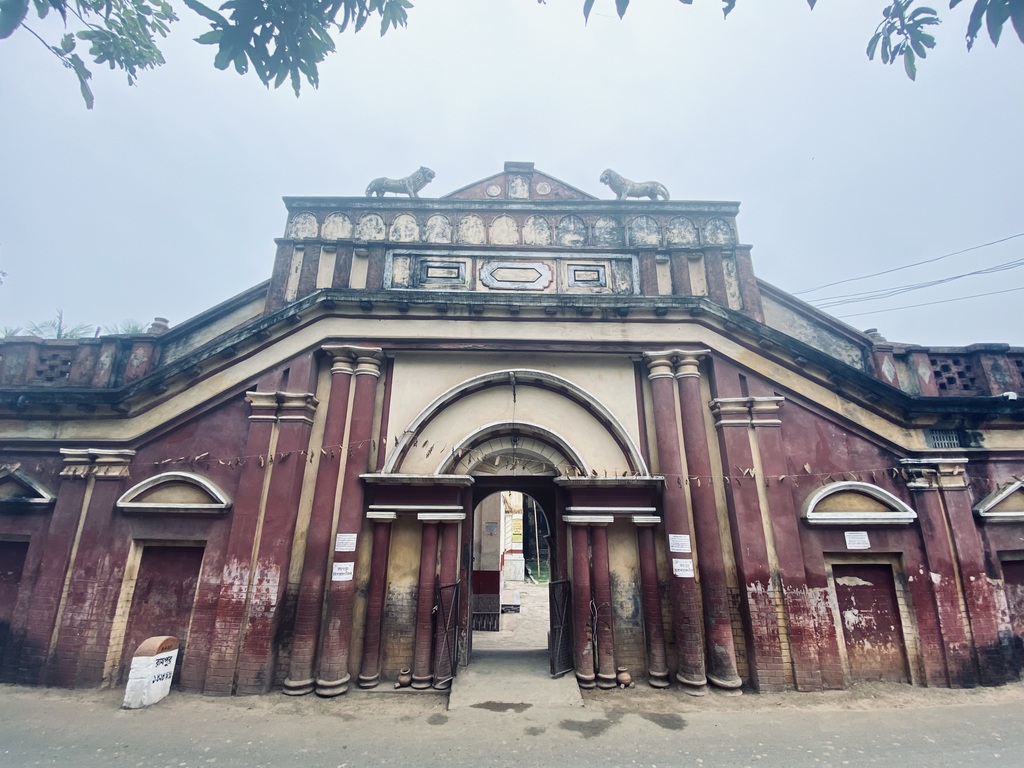
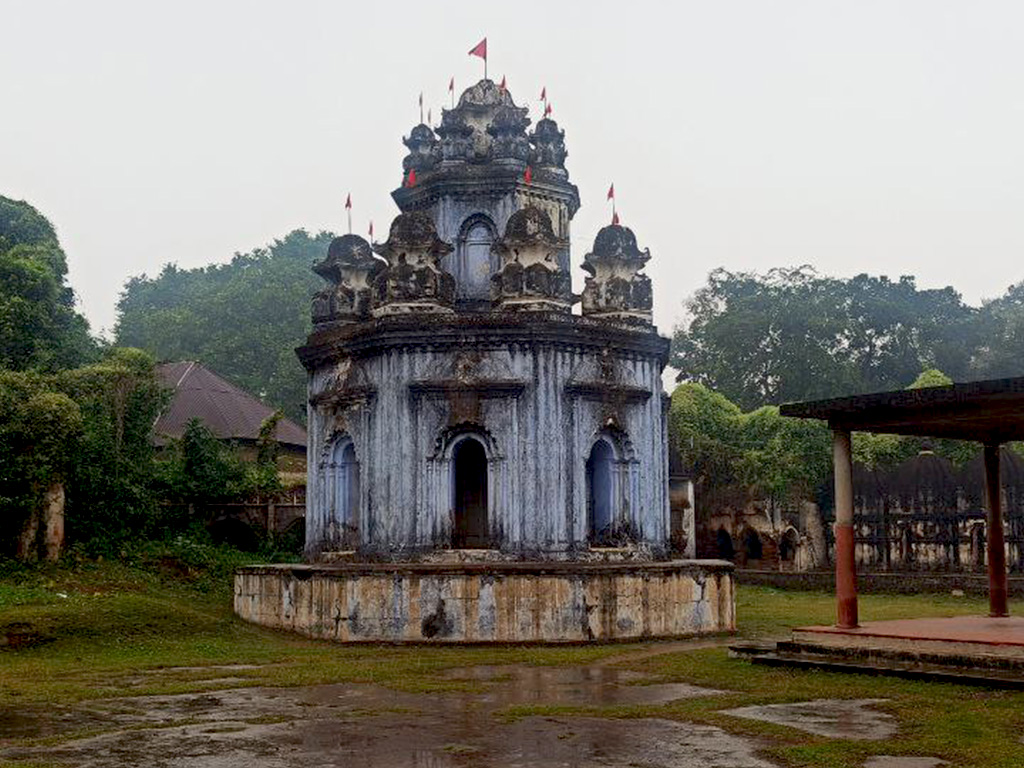
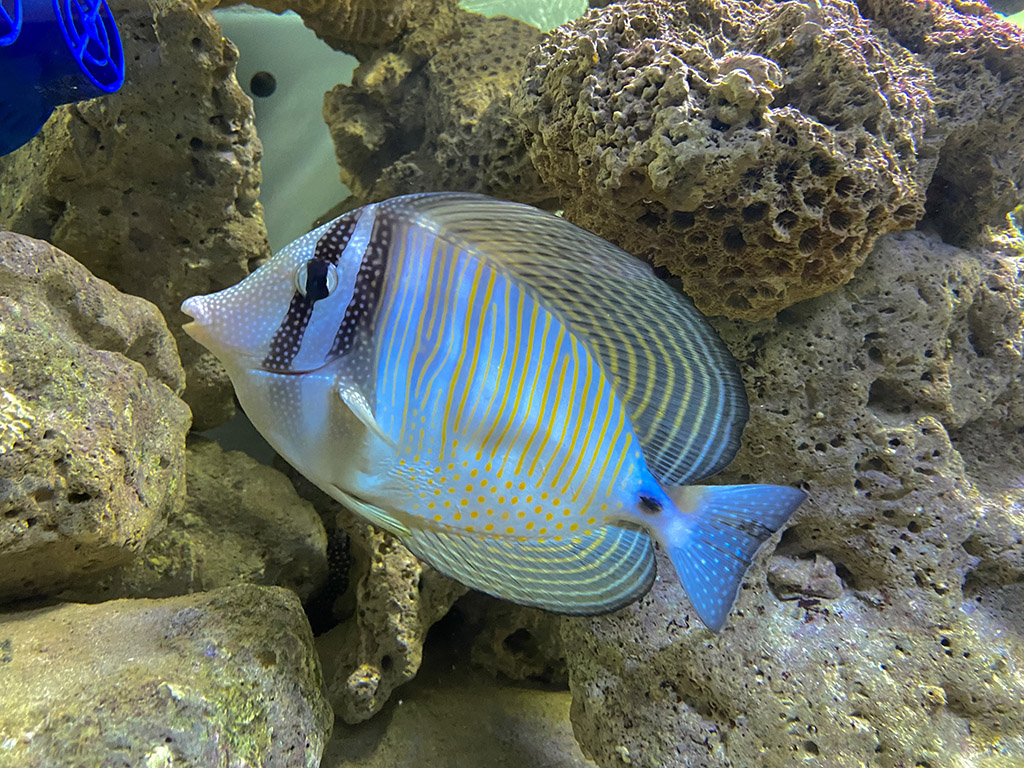
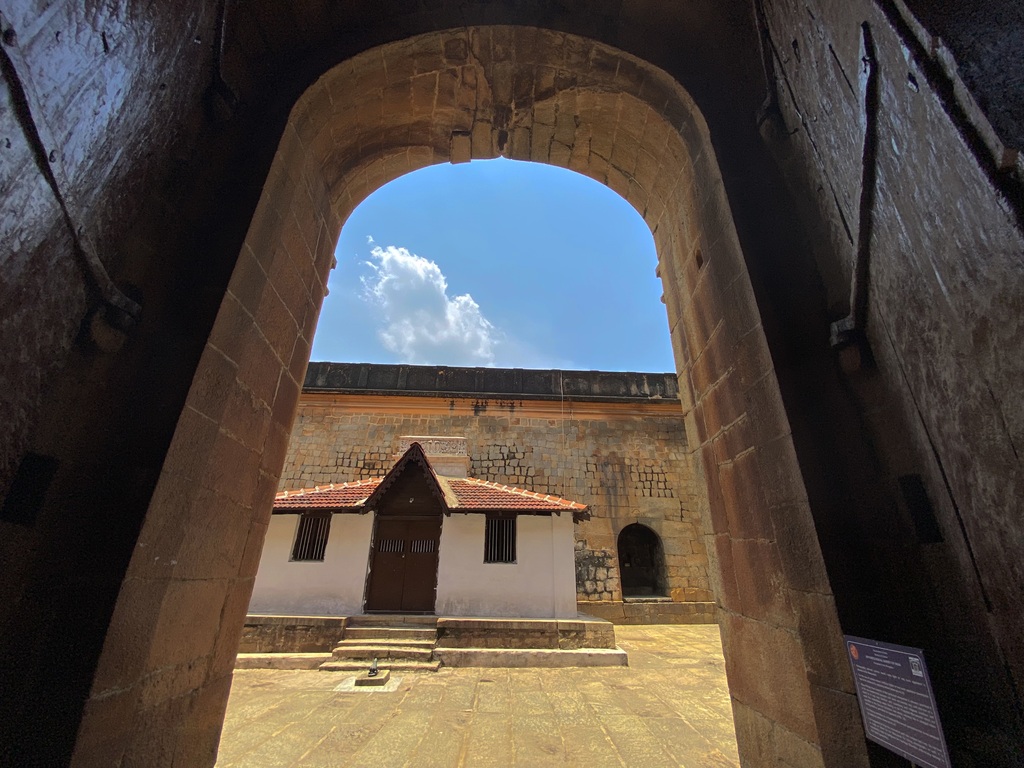
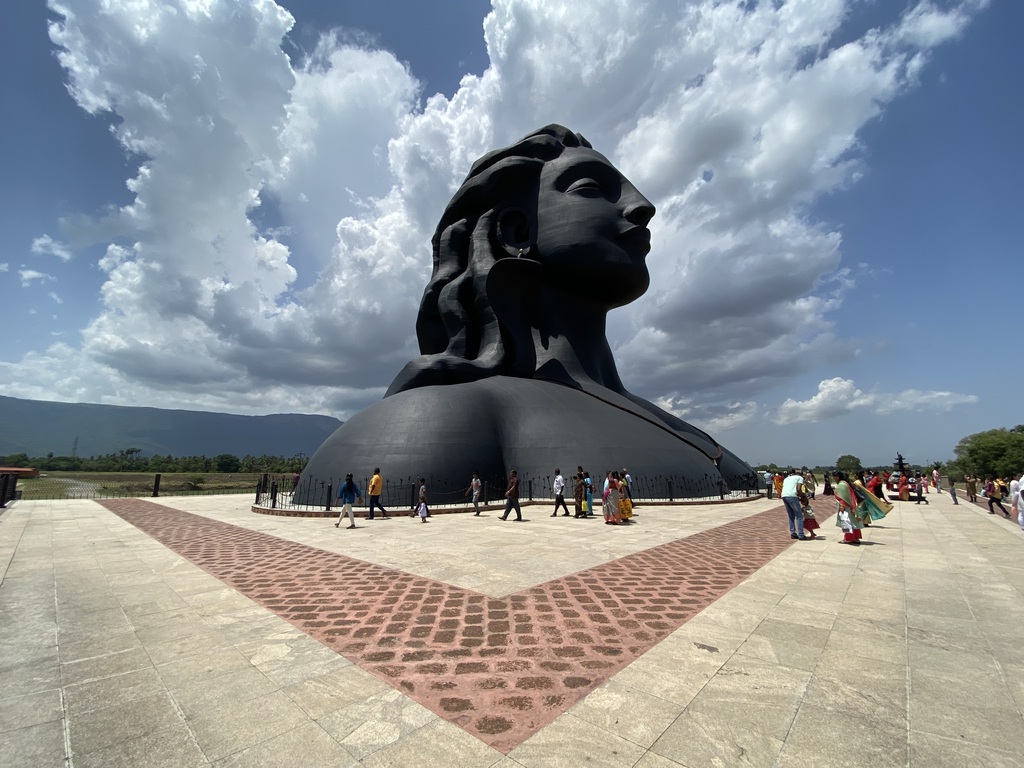
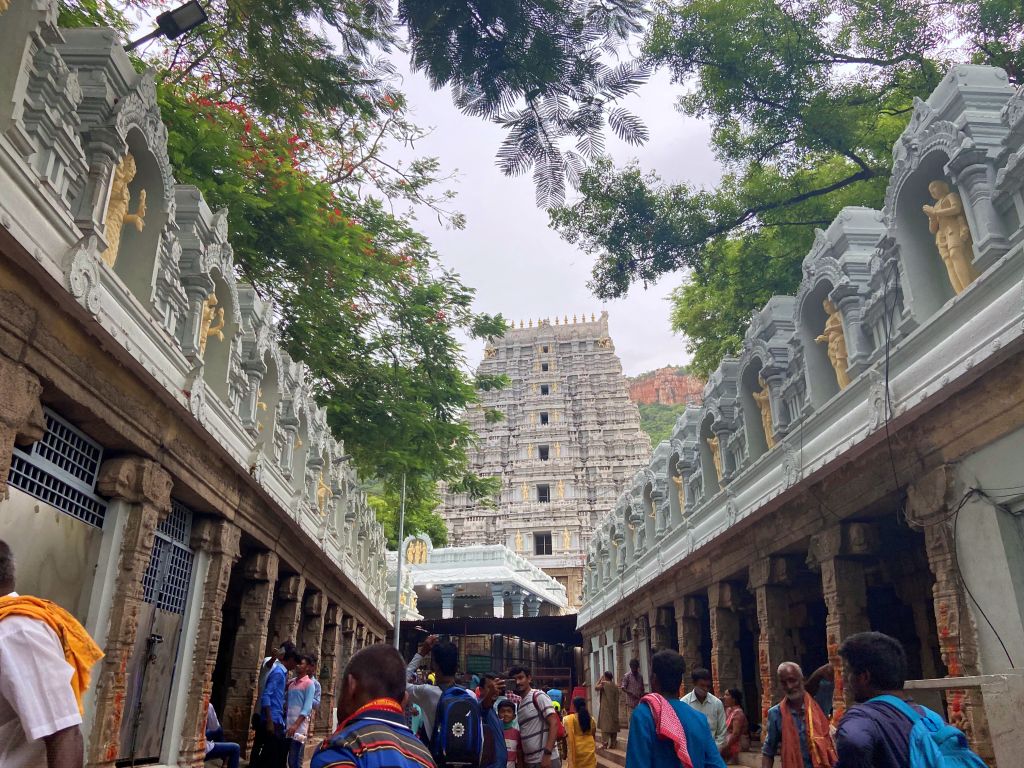
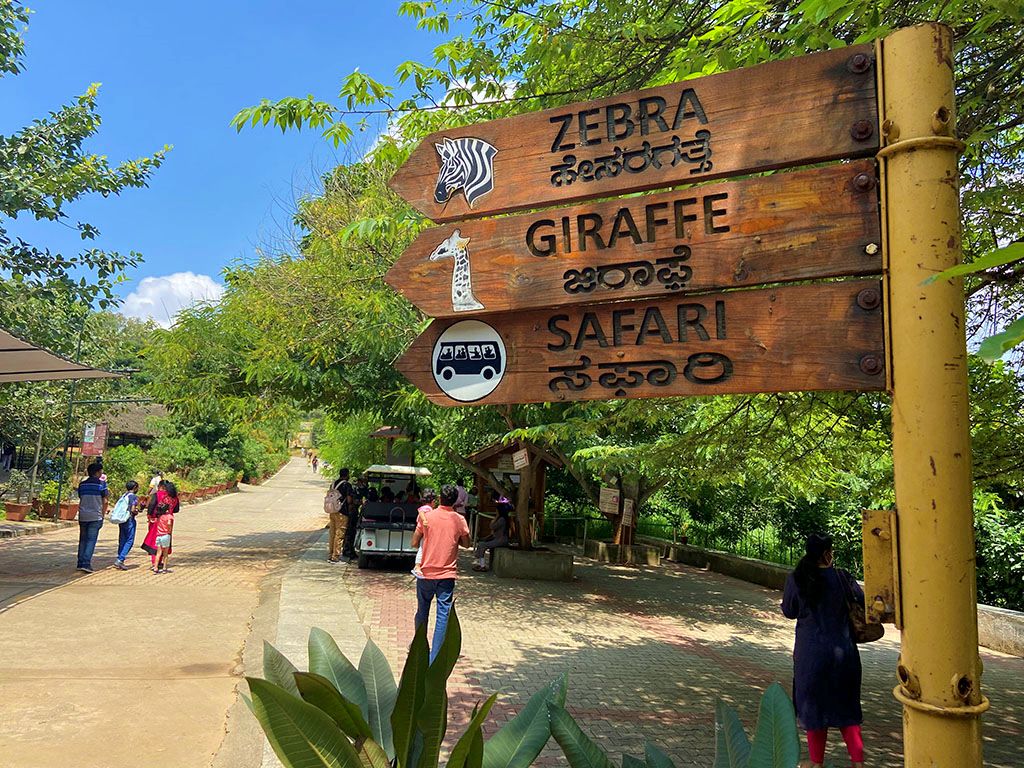
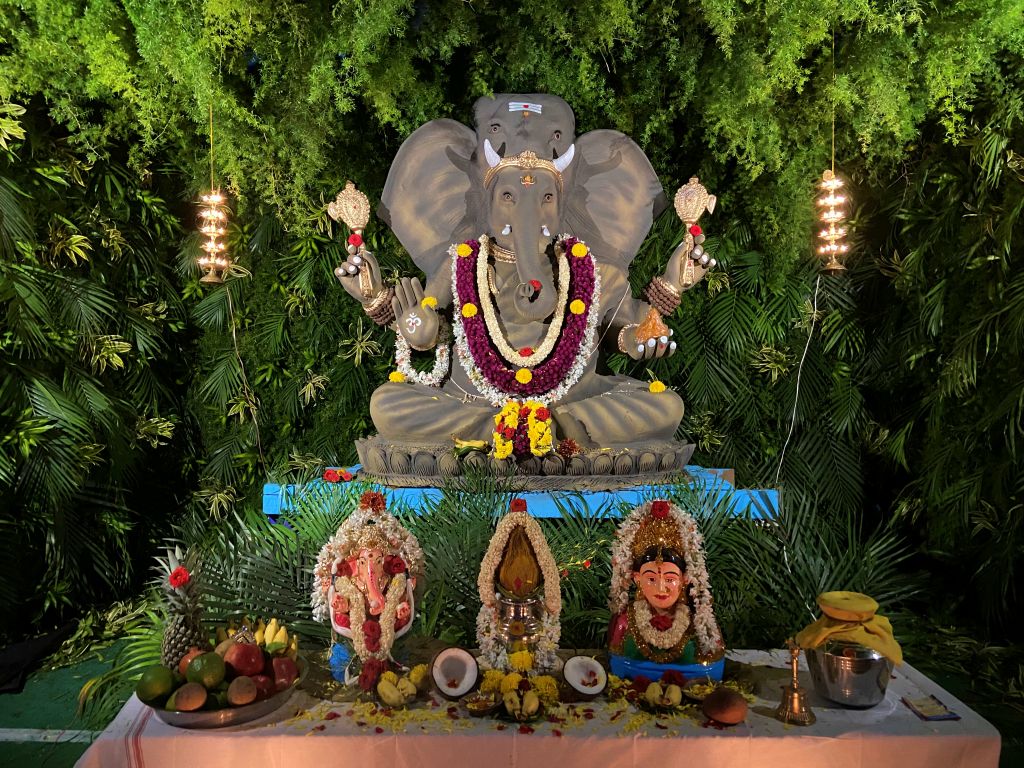
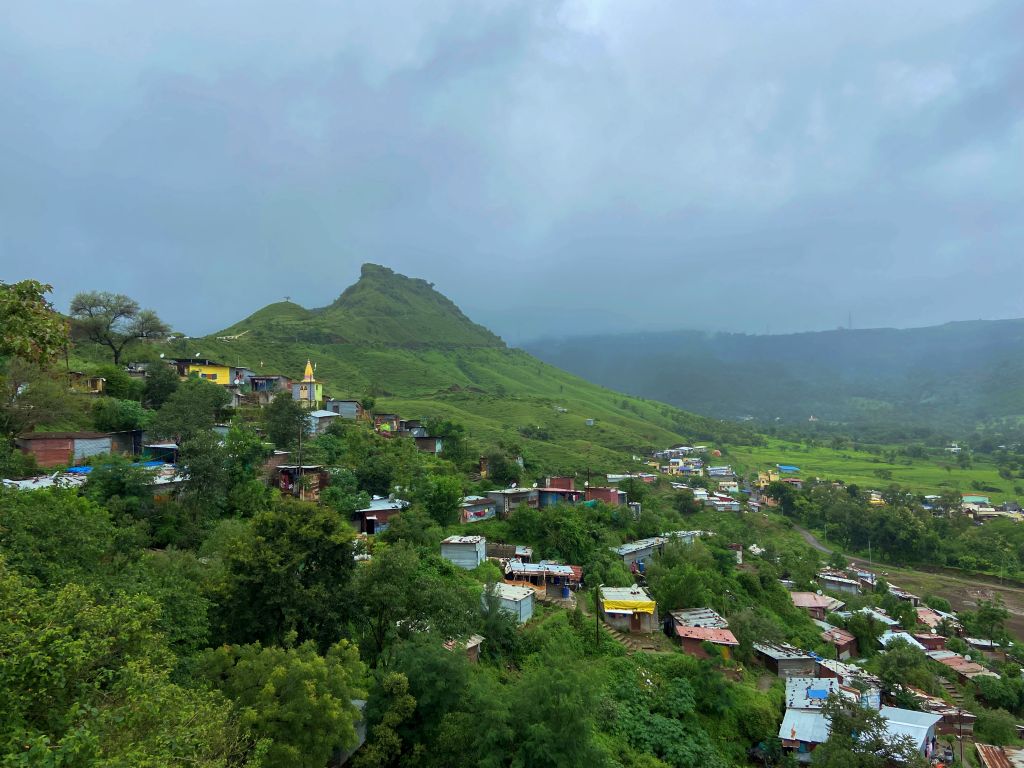
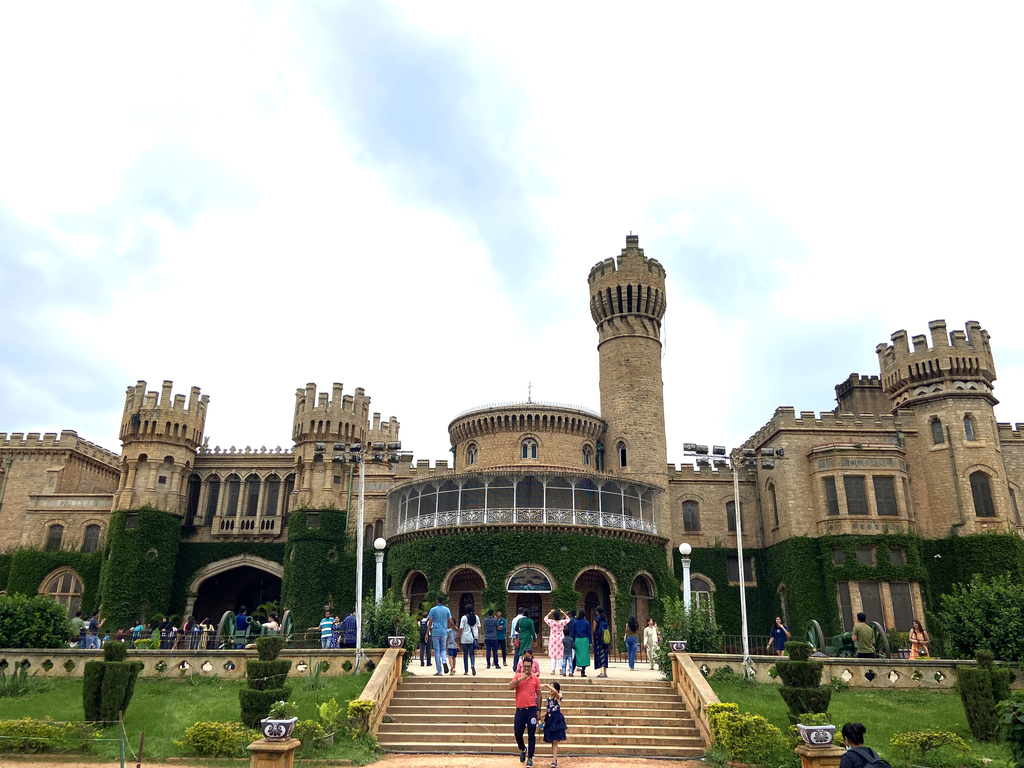
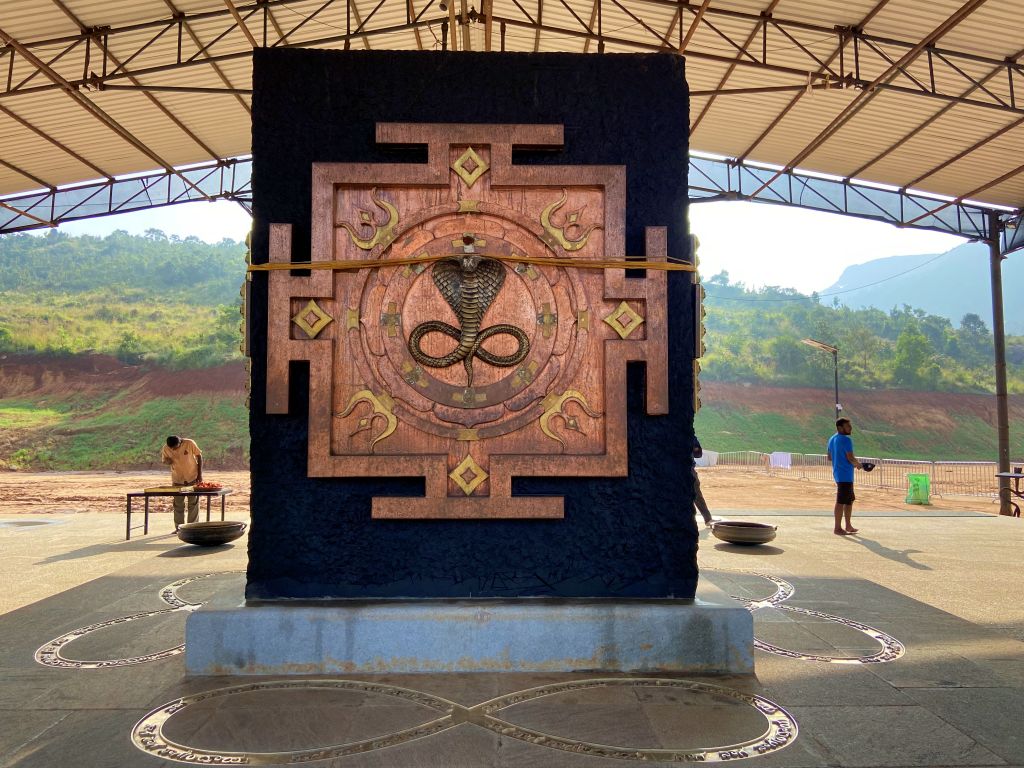
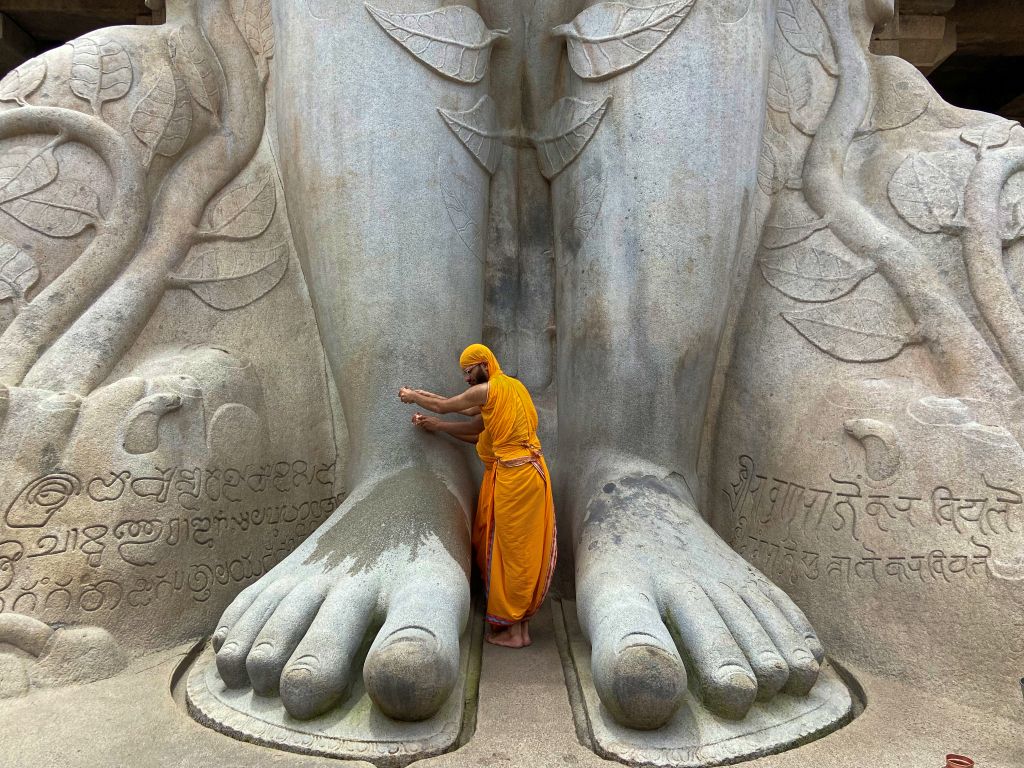
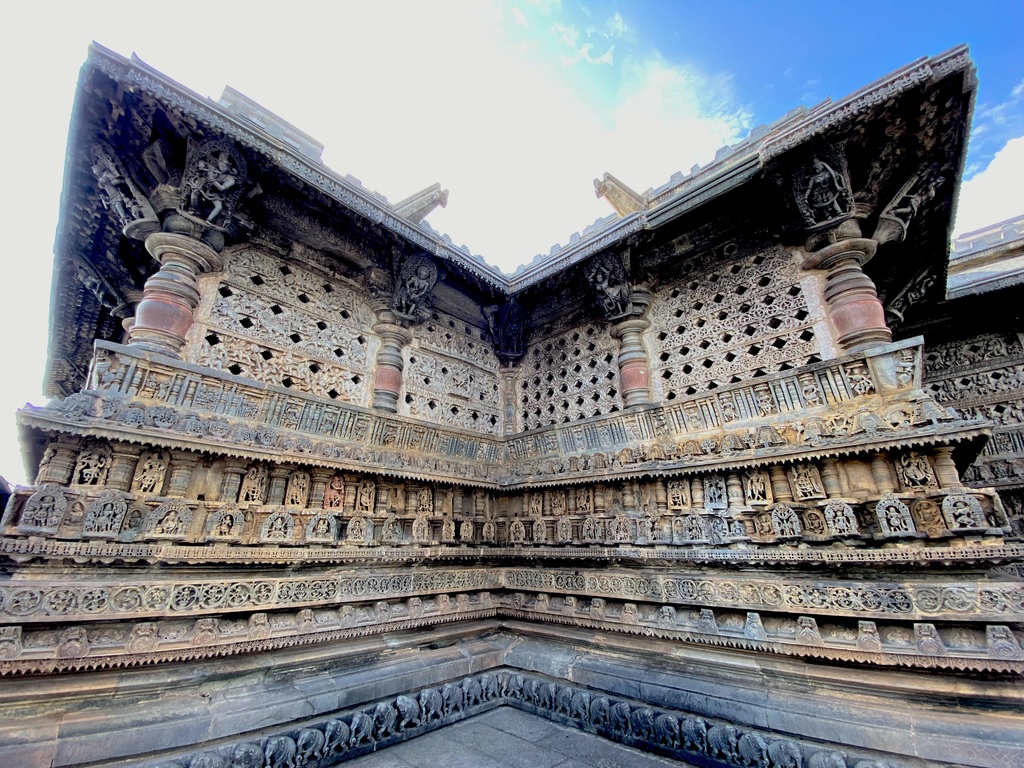
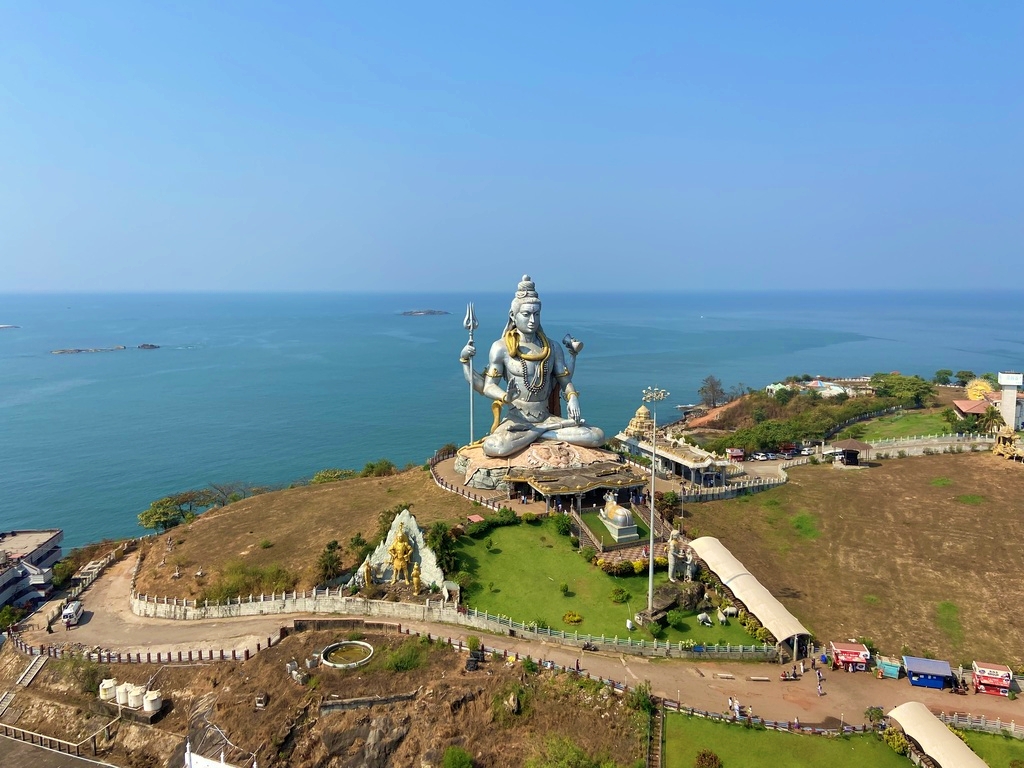

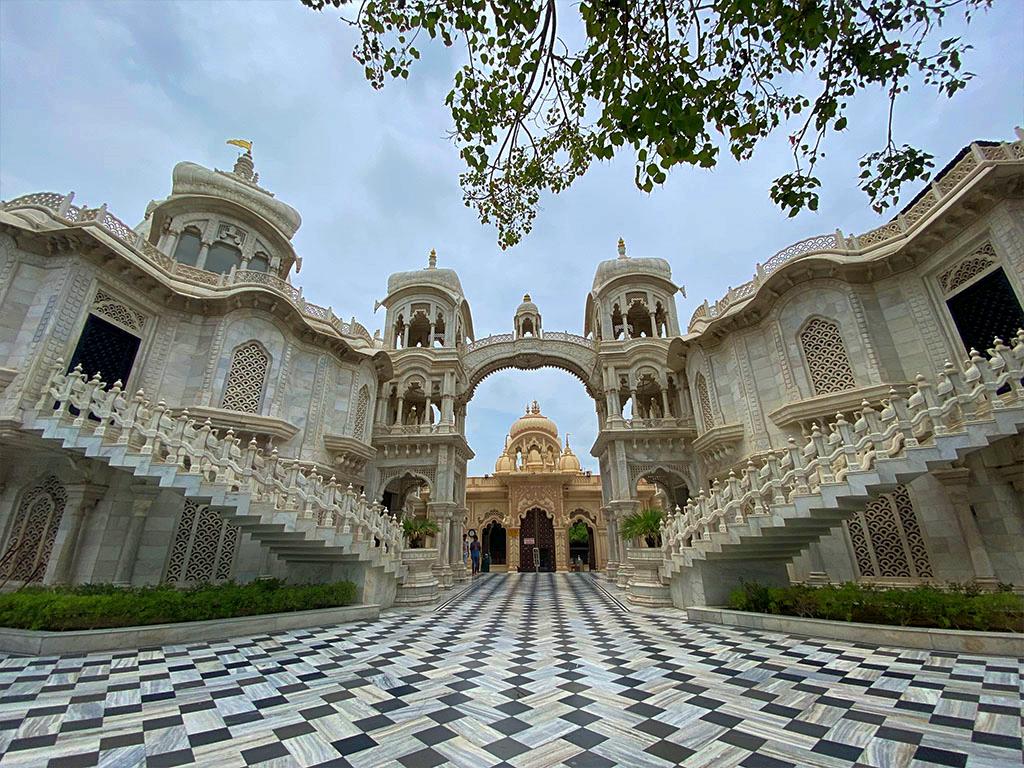
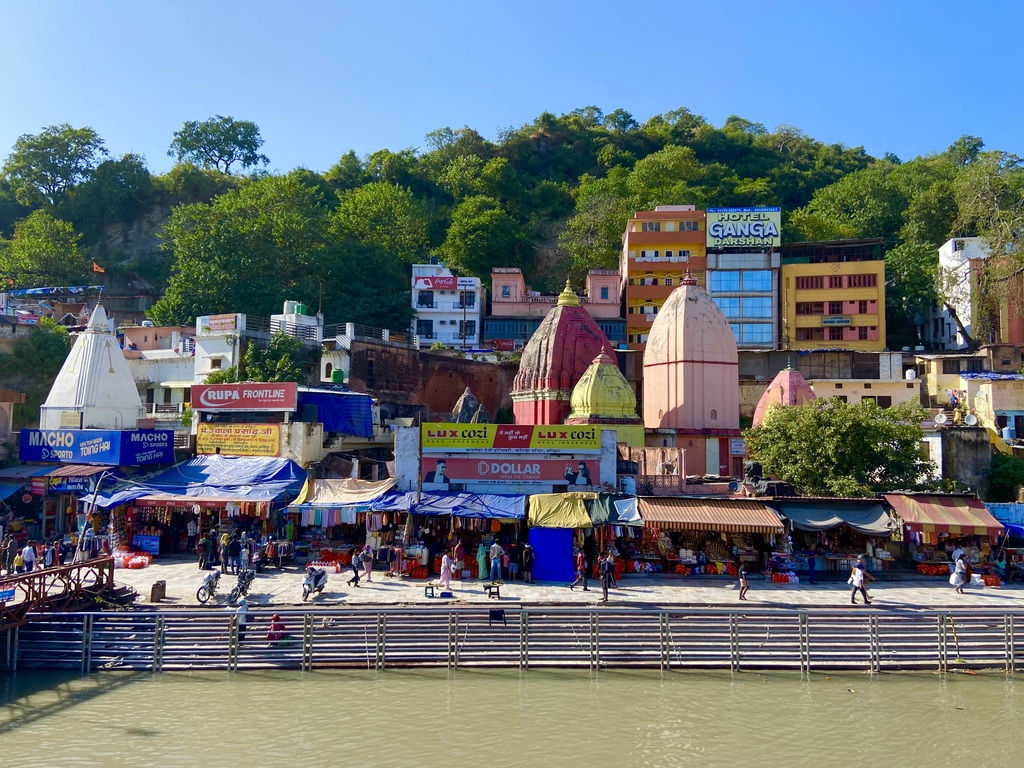
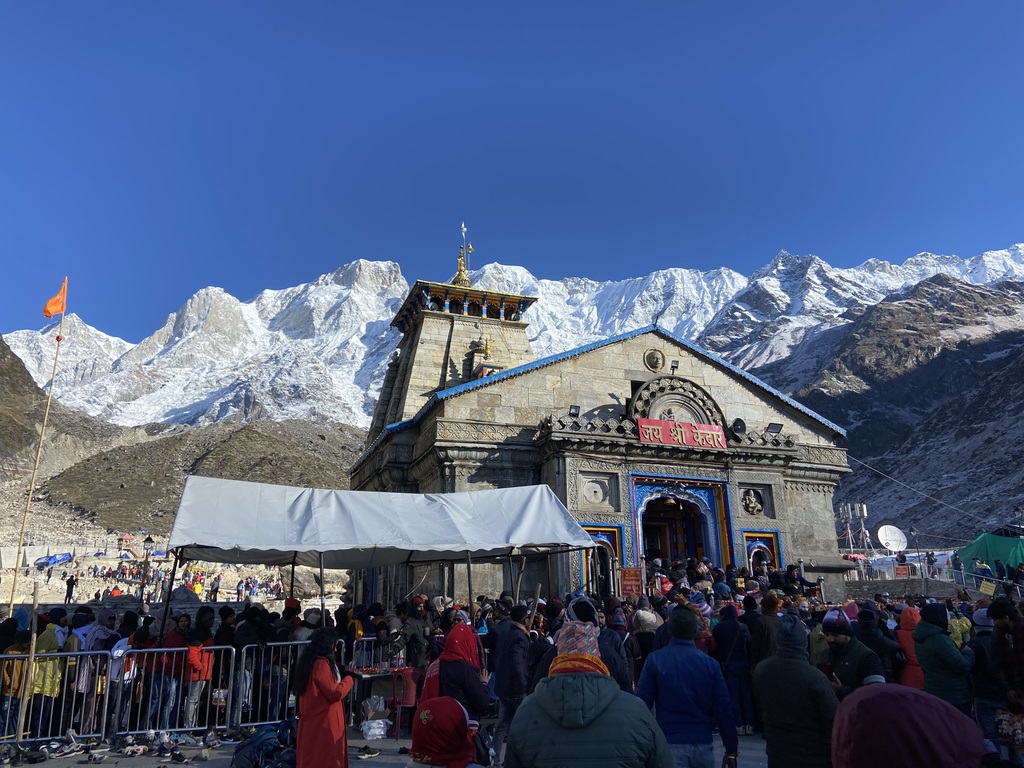
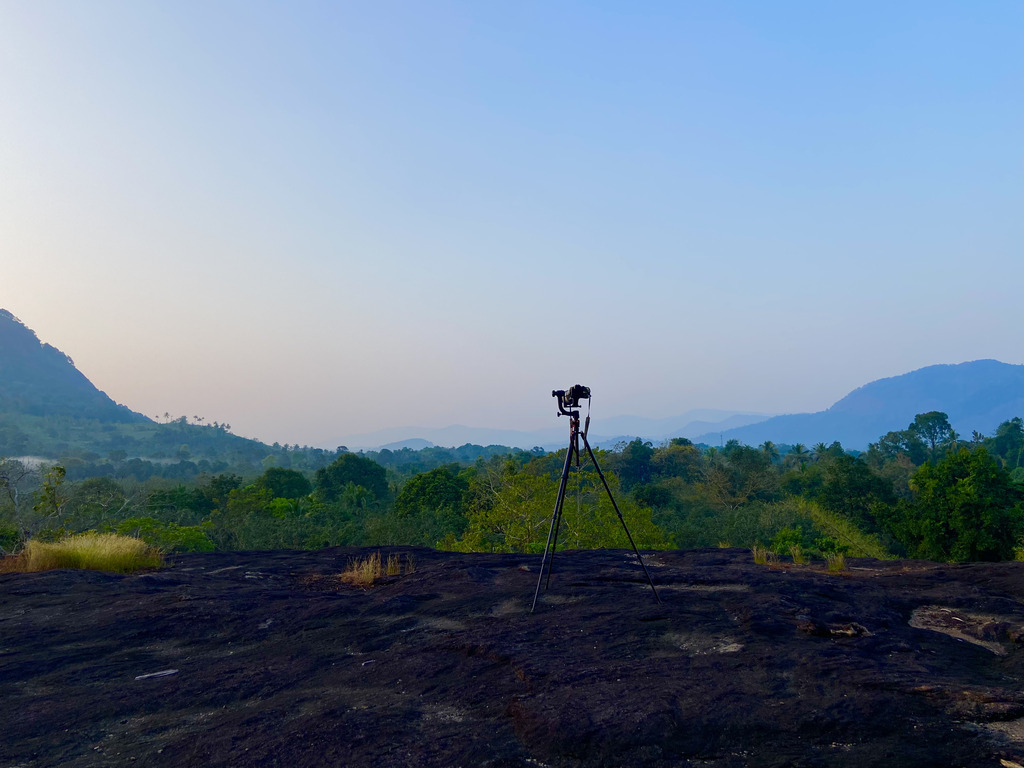
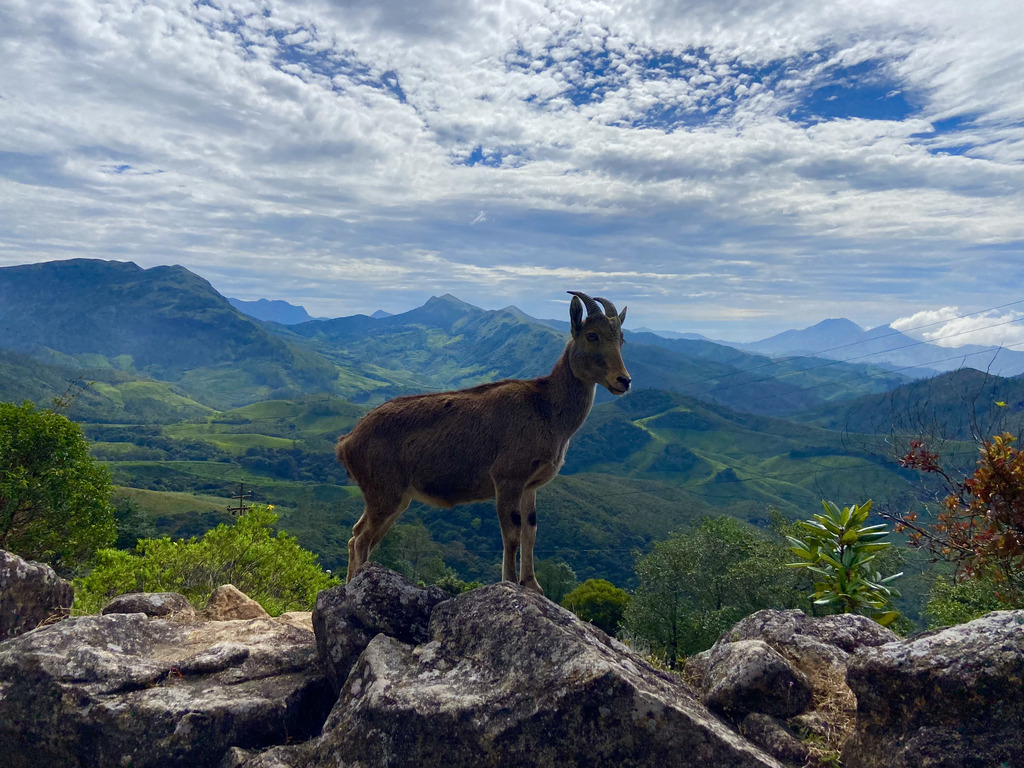

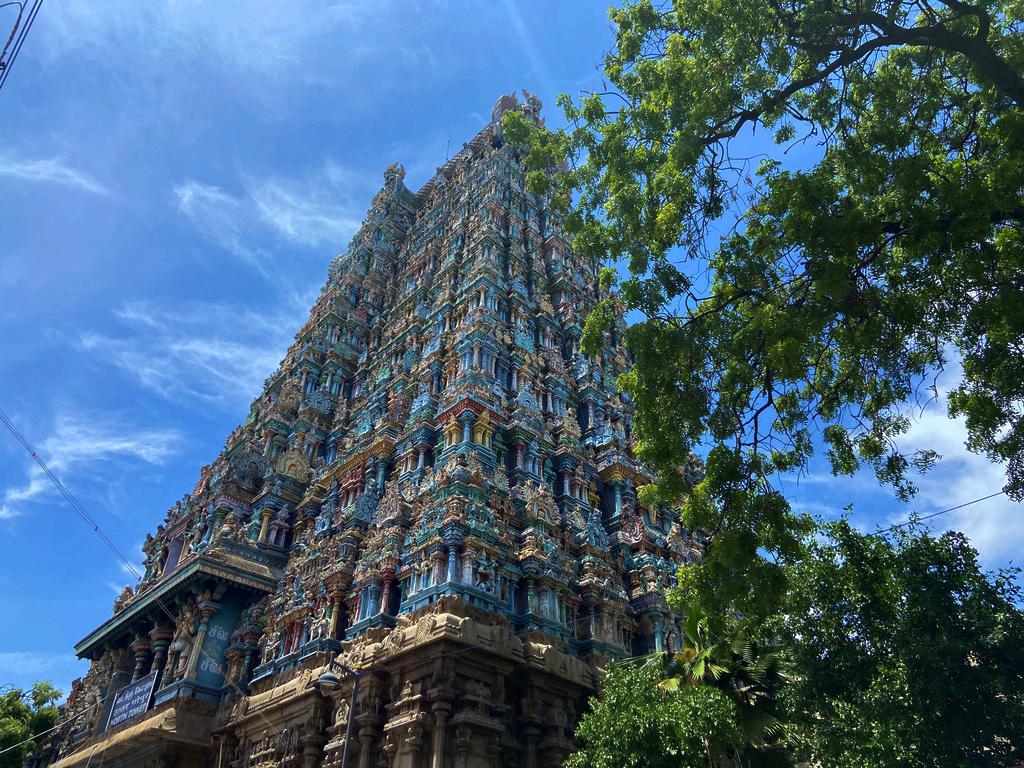
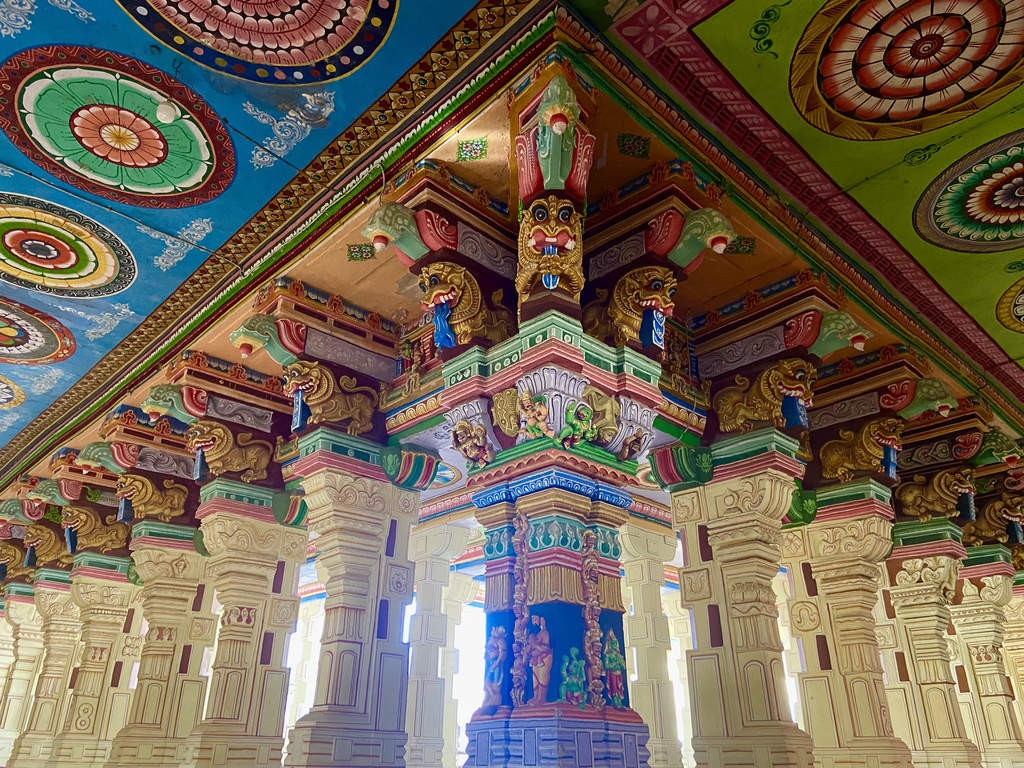
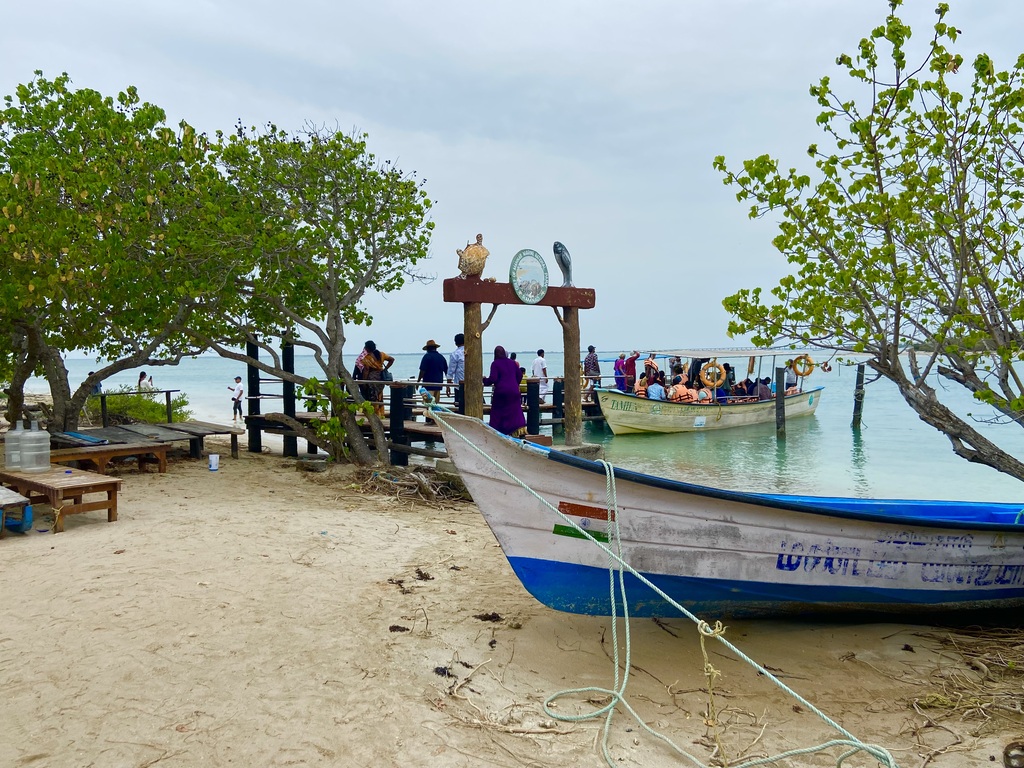

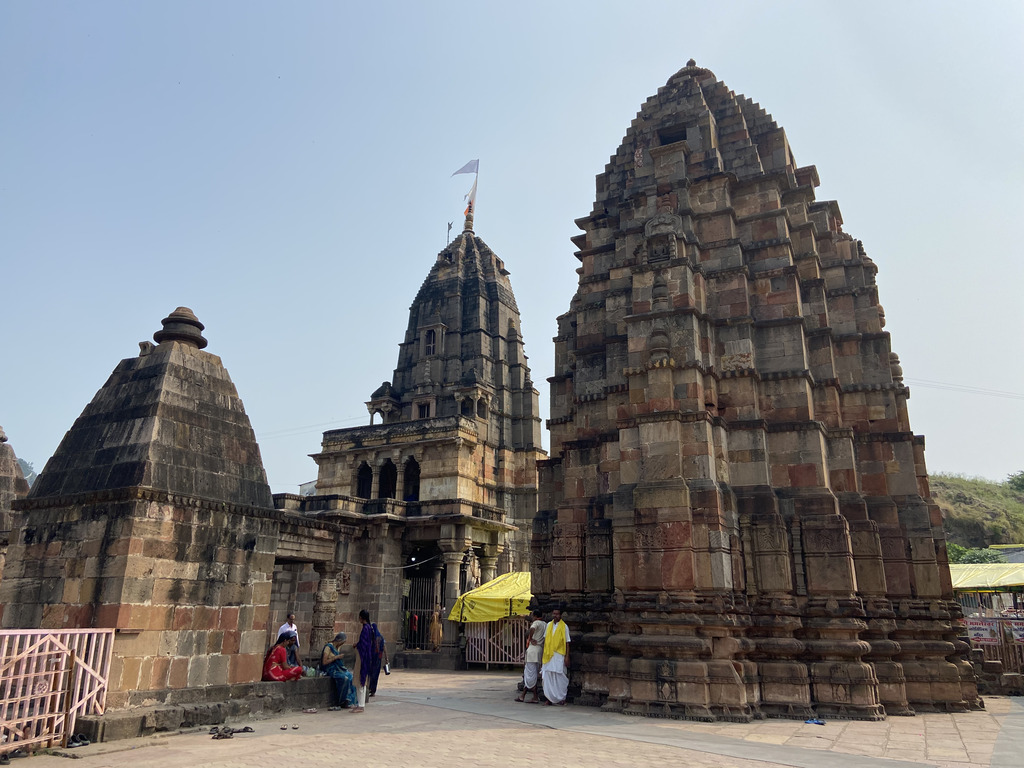
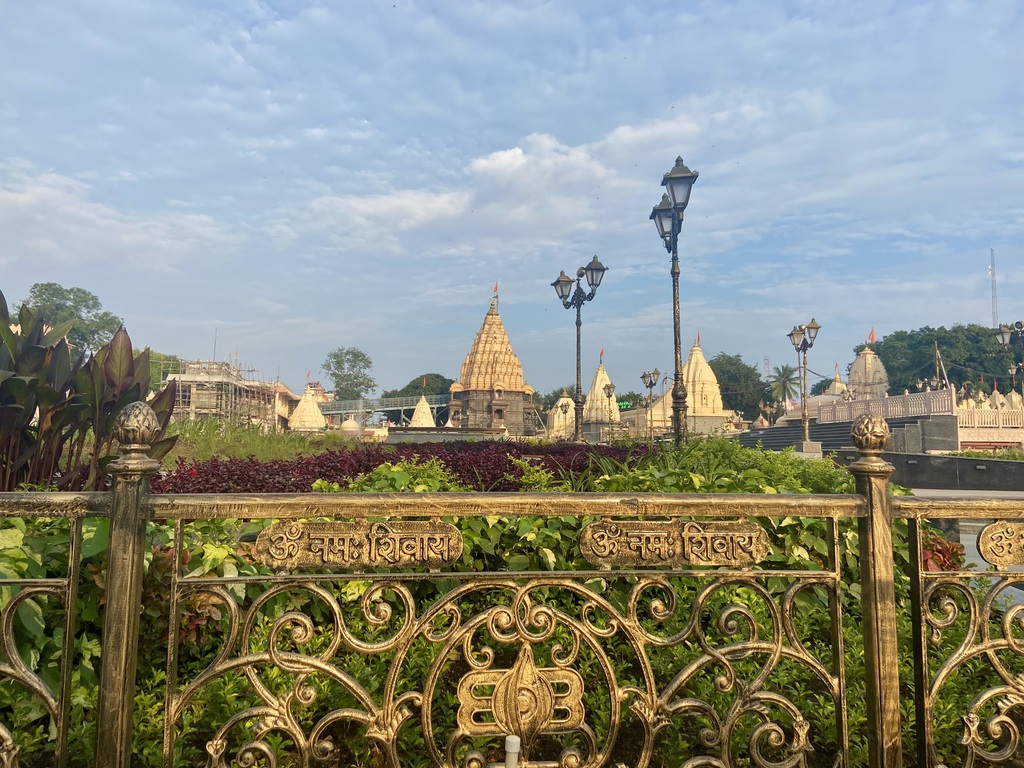
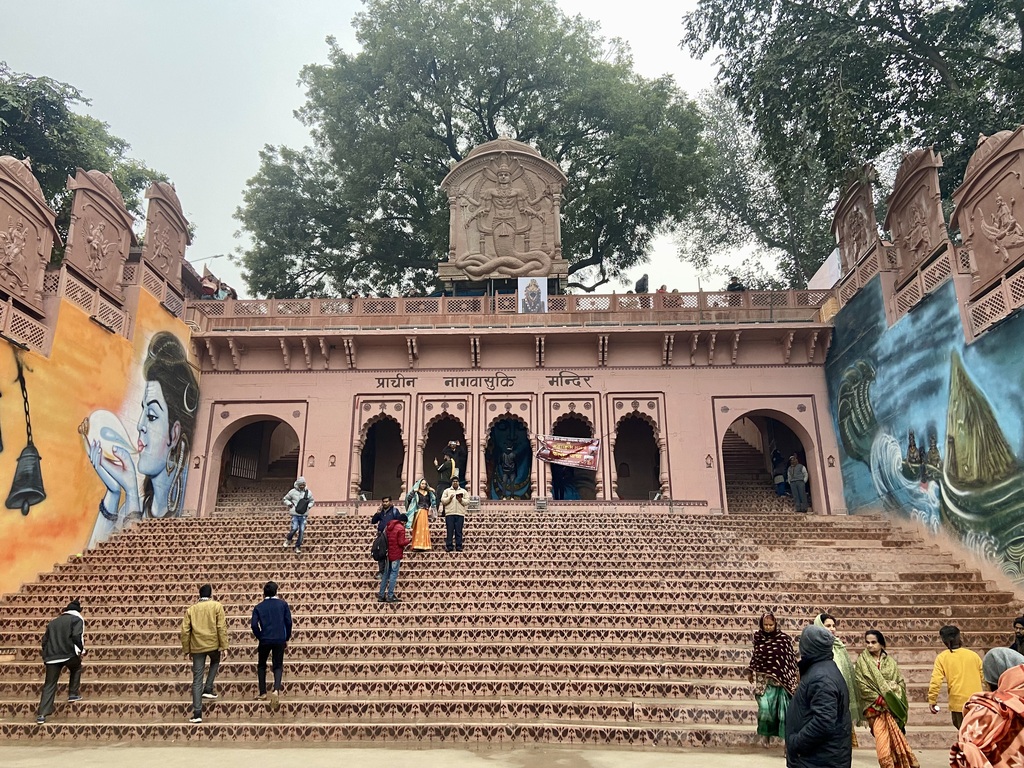
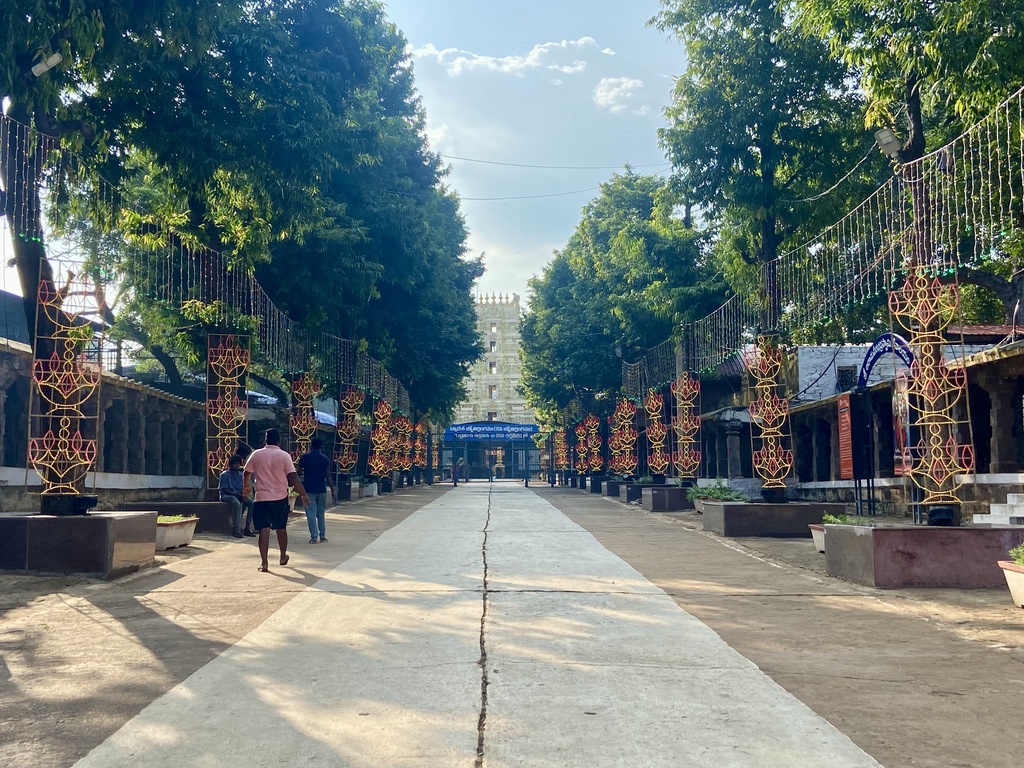
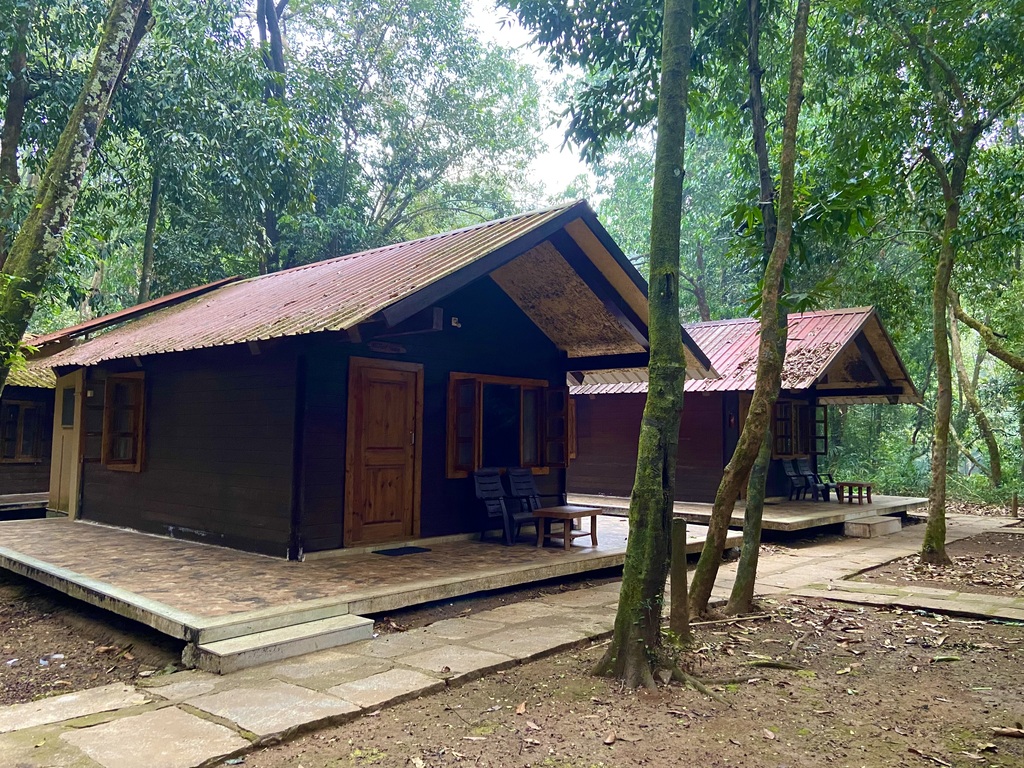
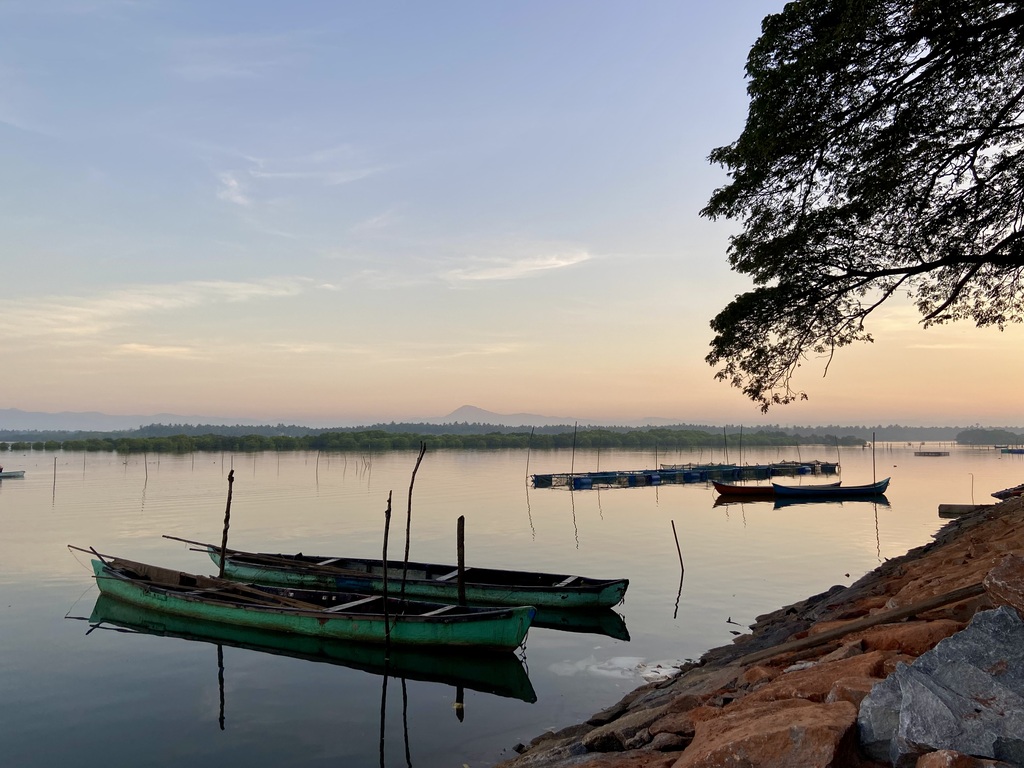
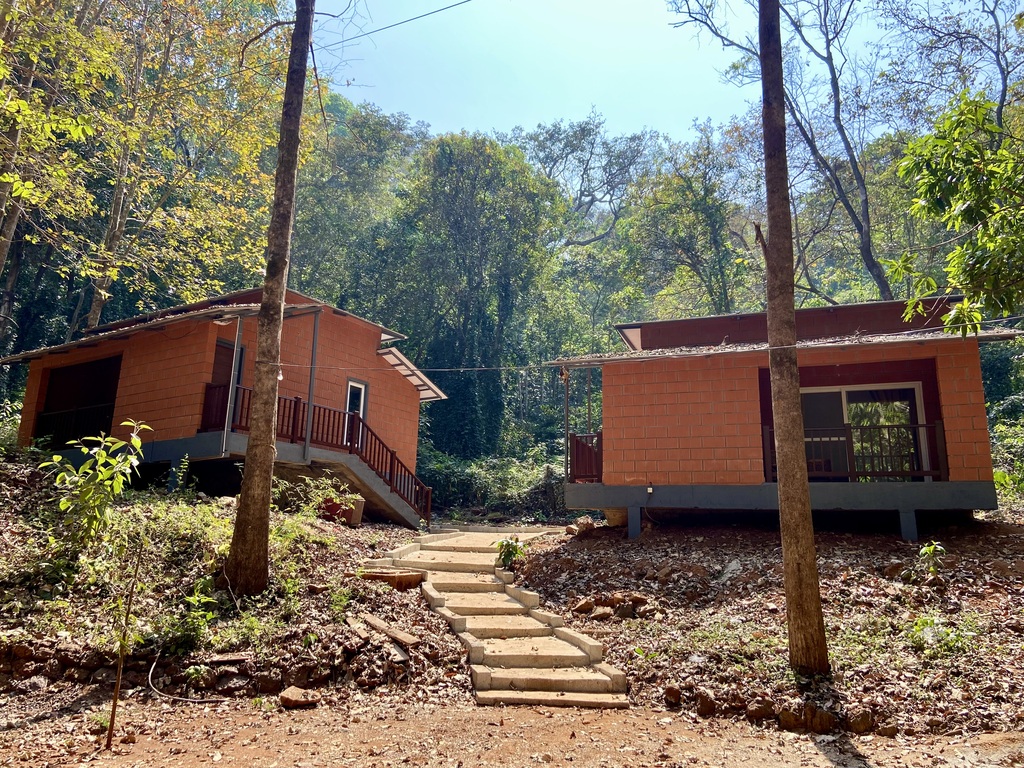
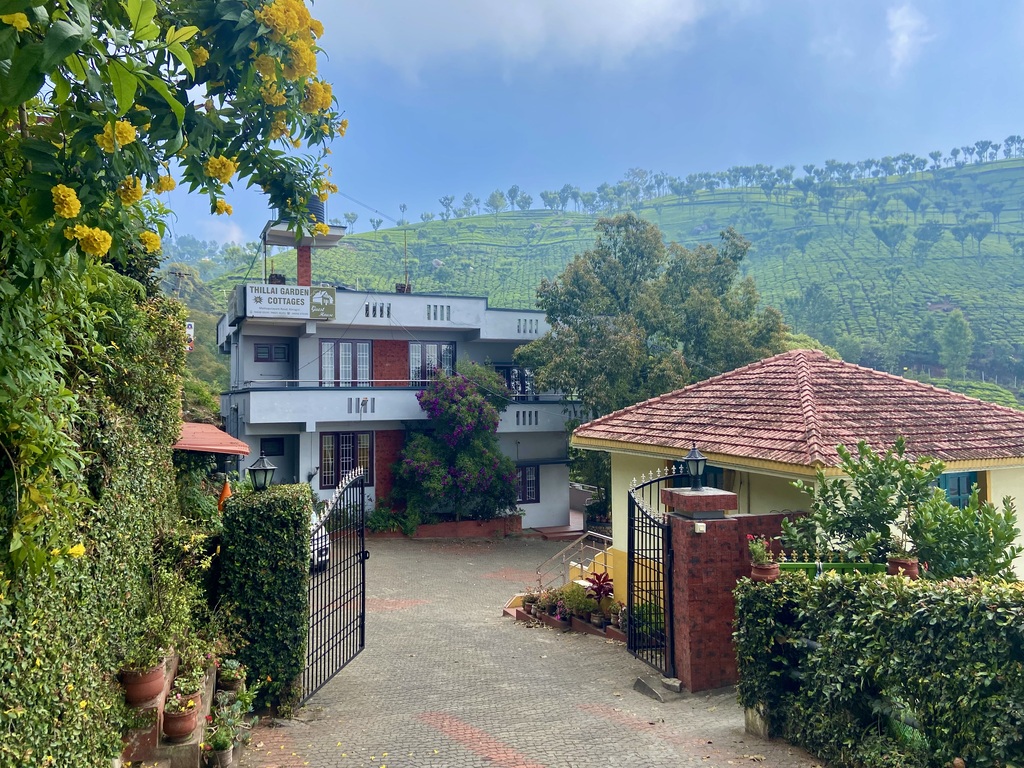
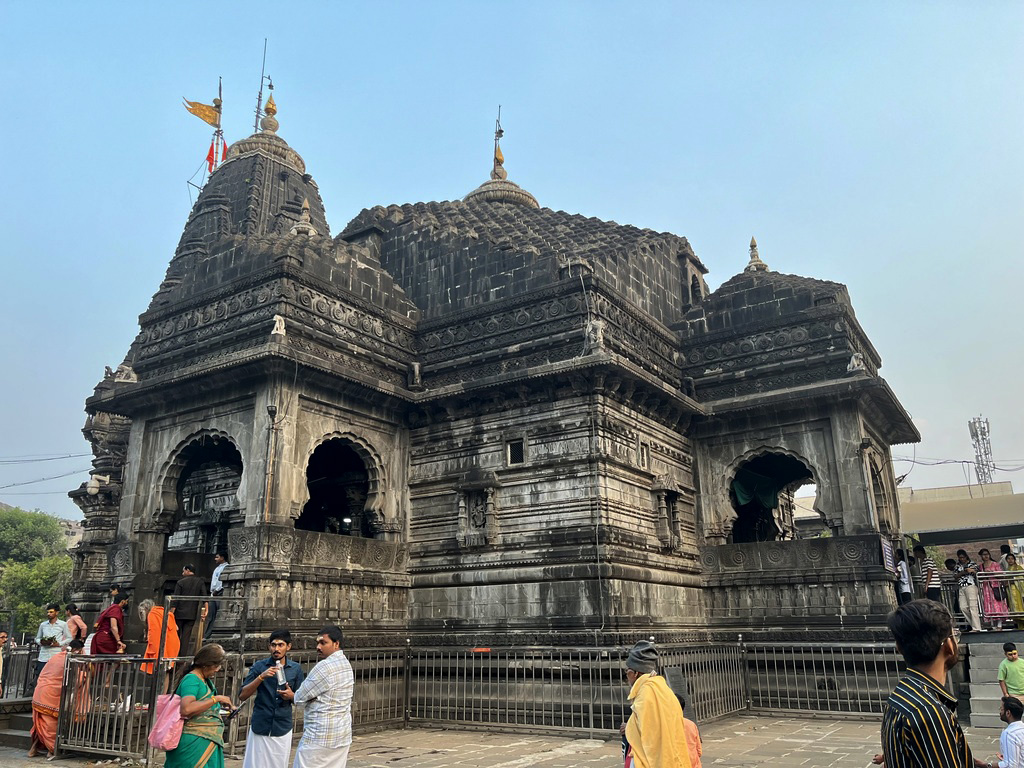
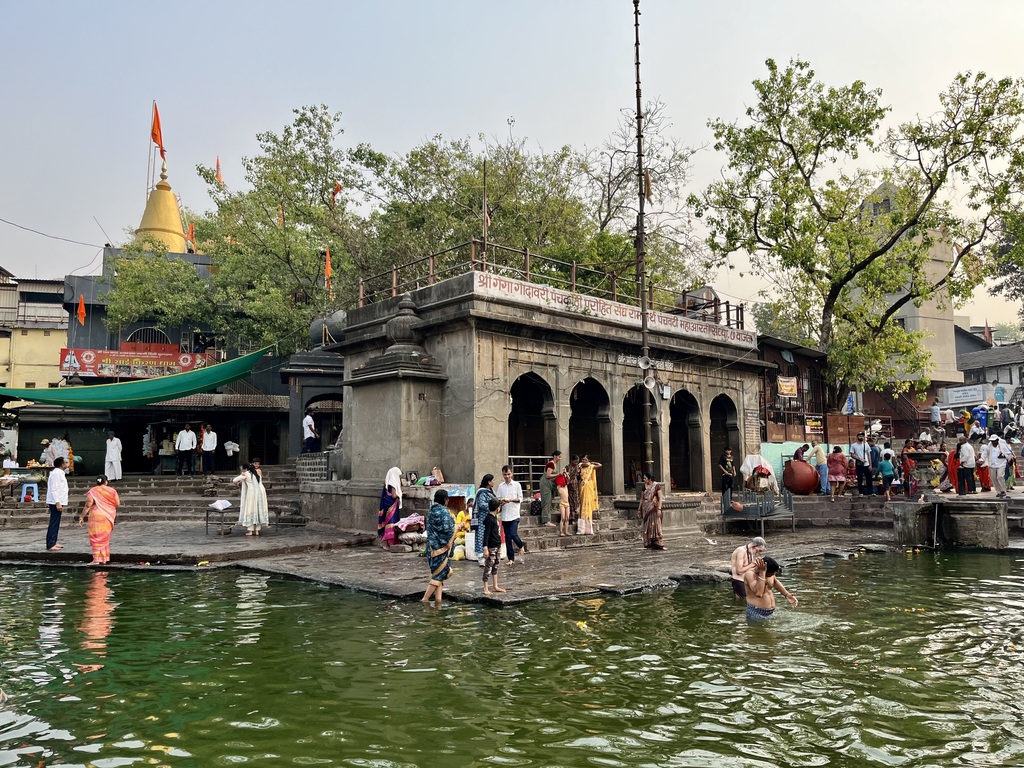
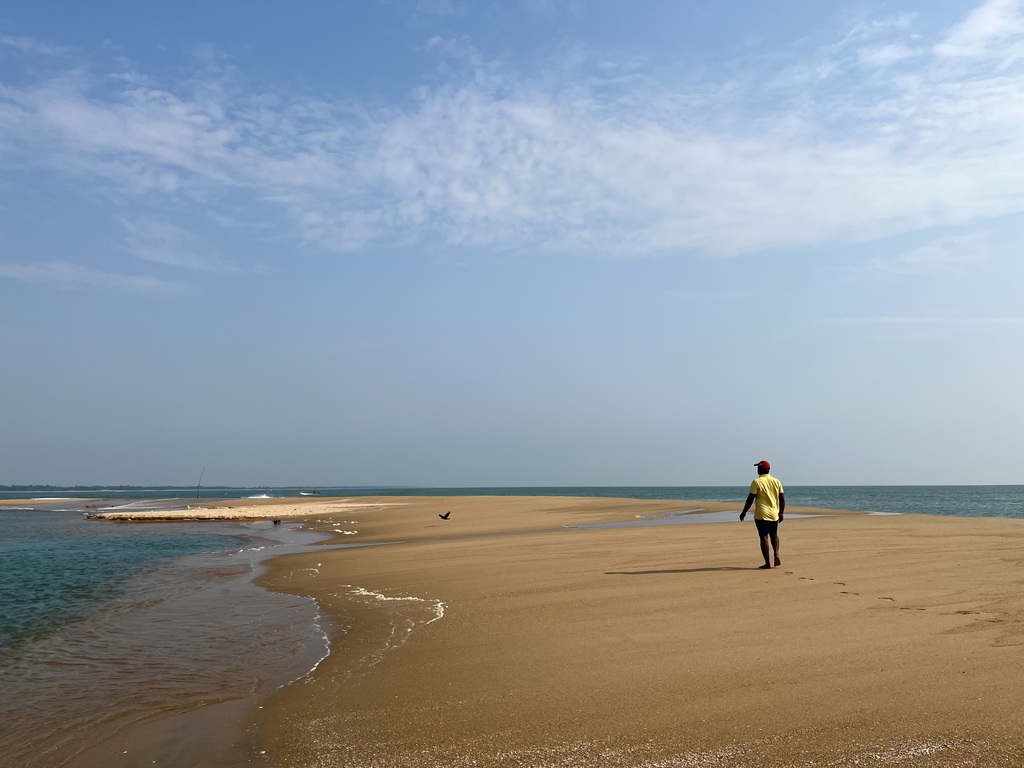
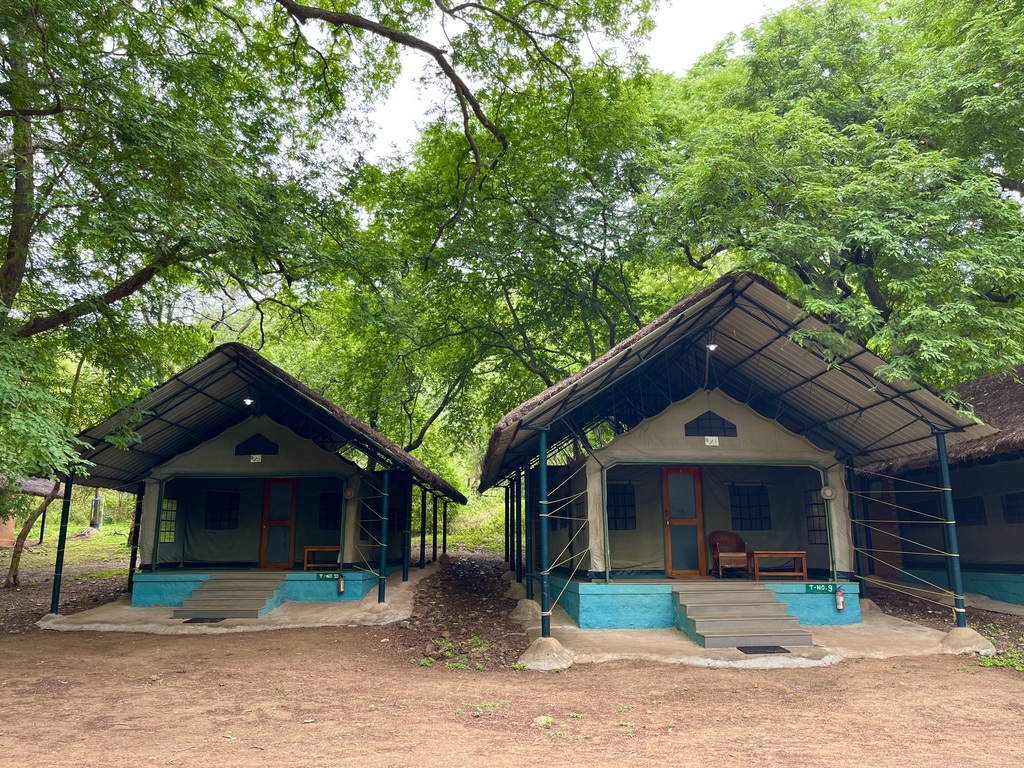
All Comments
No Comments Available